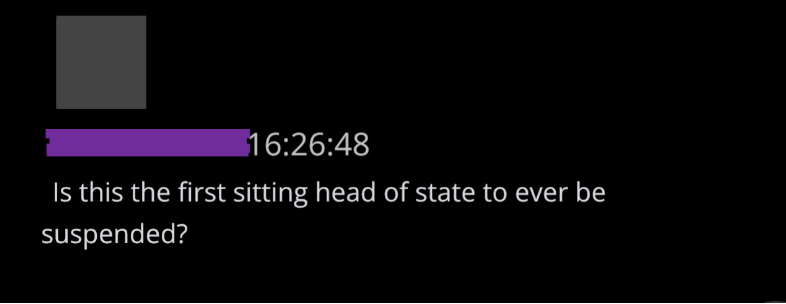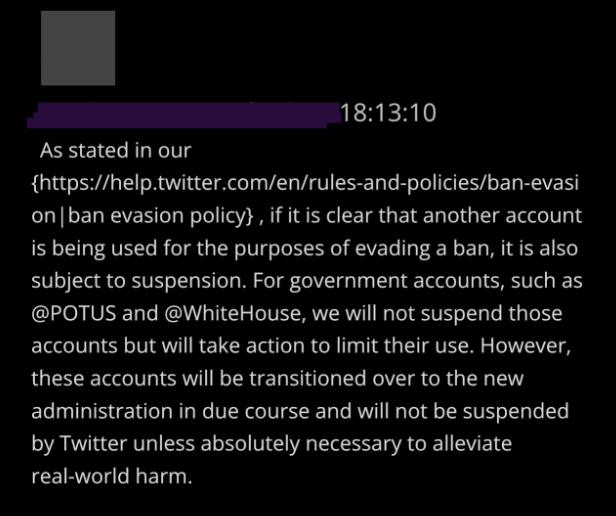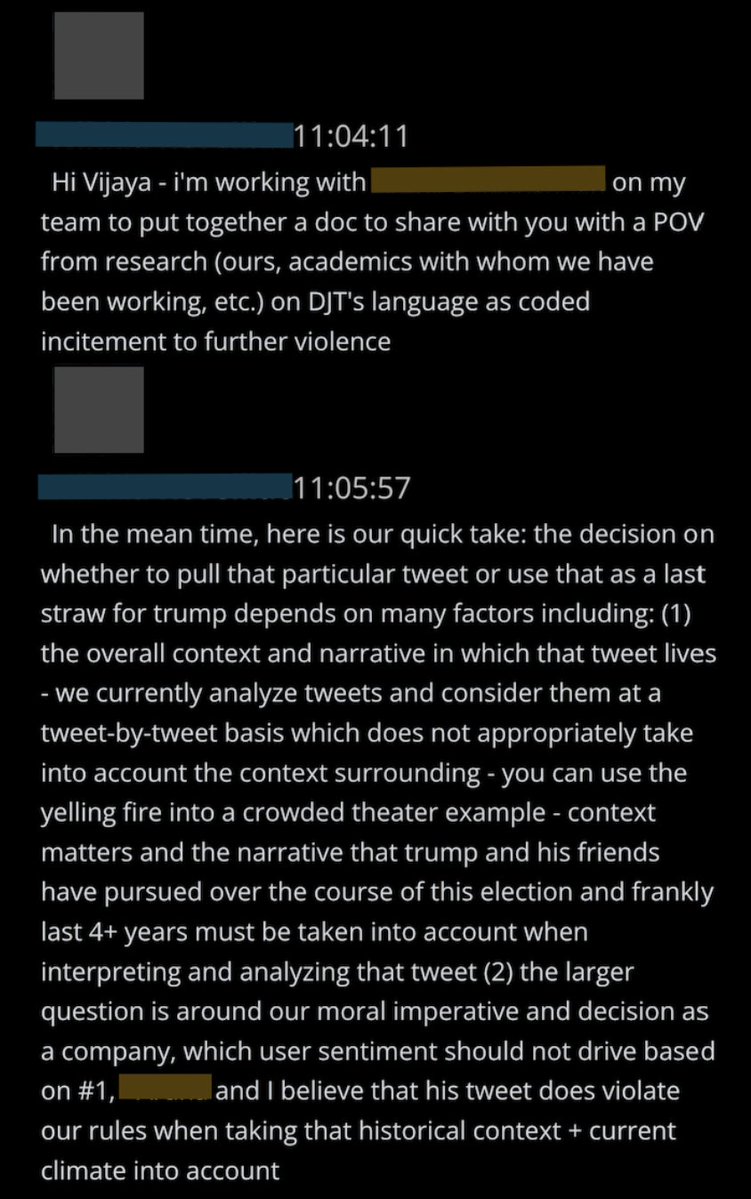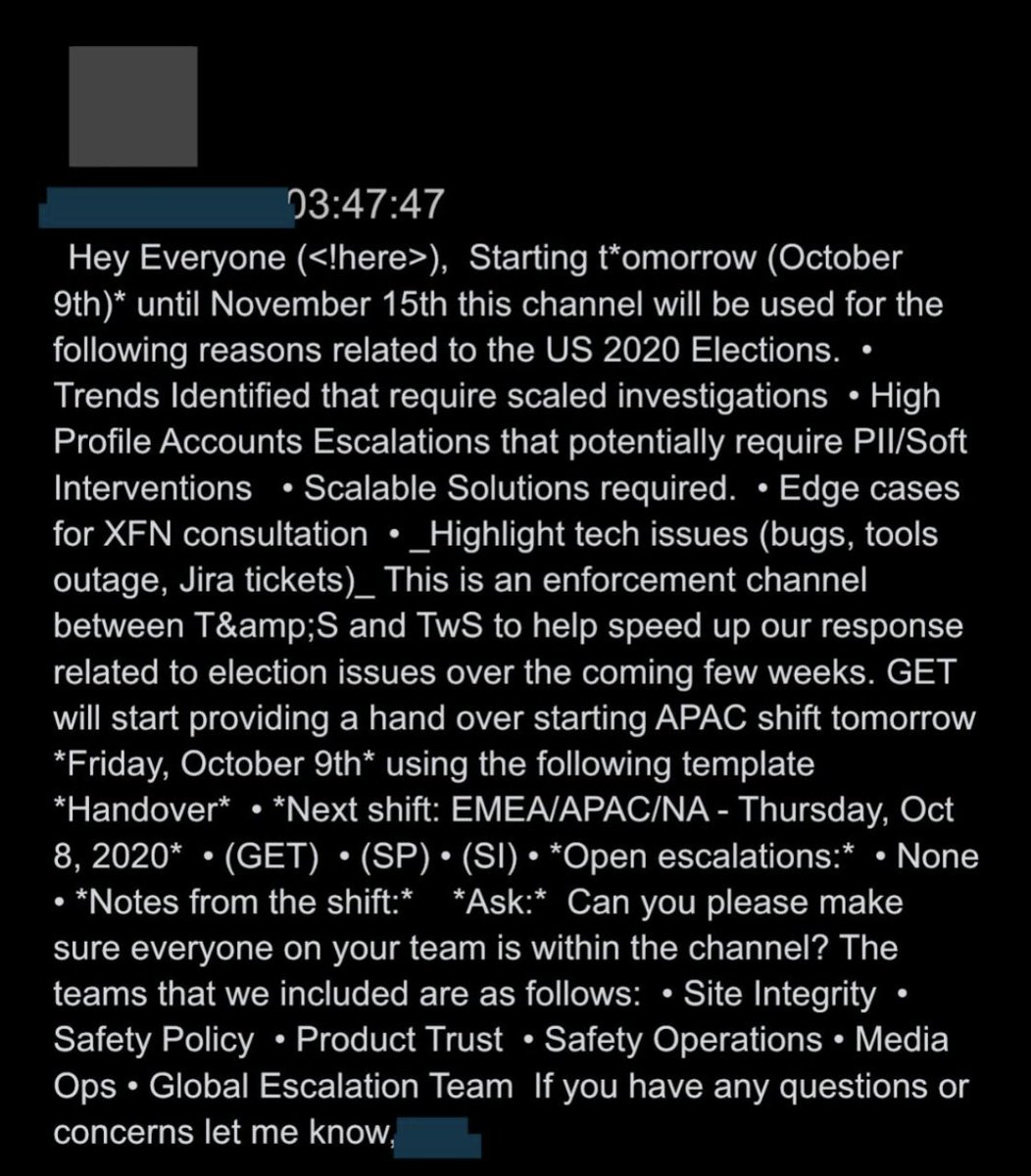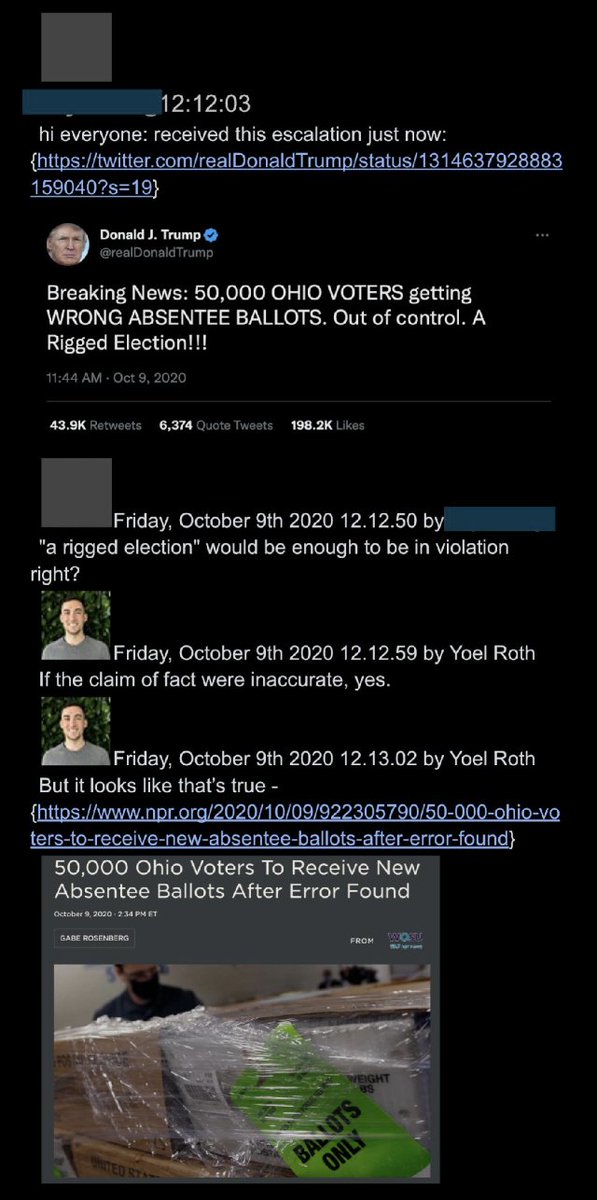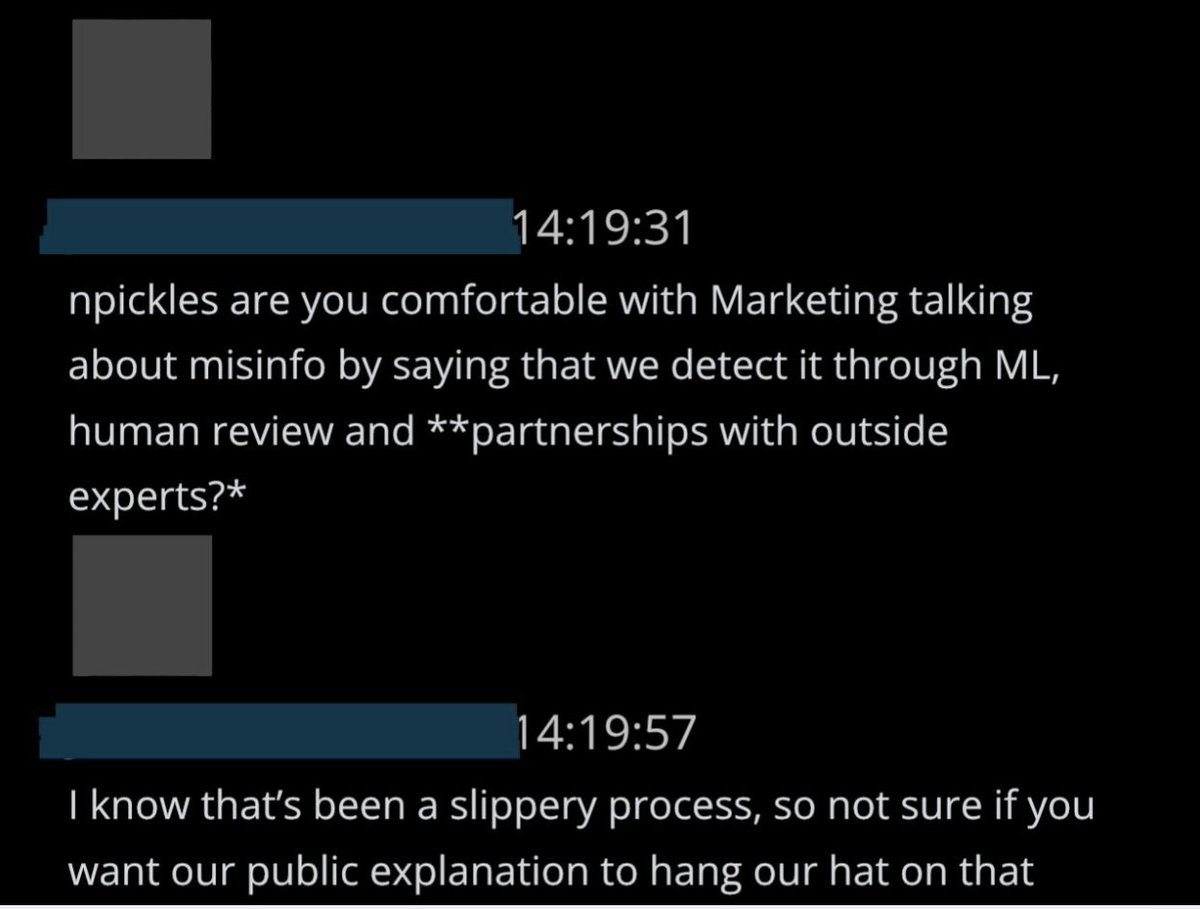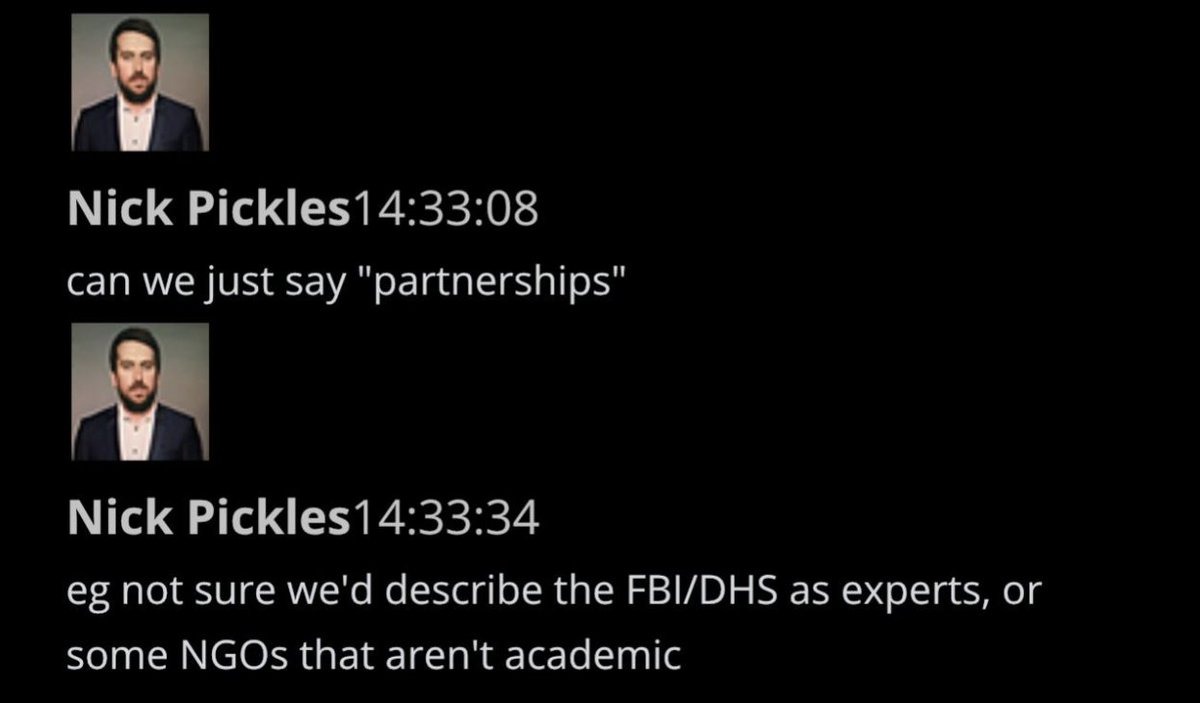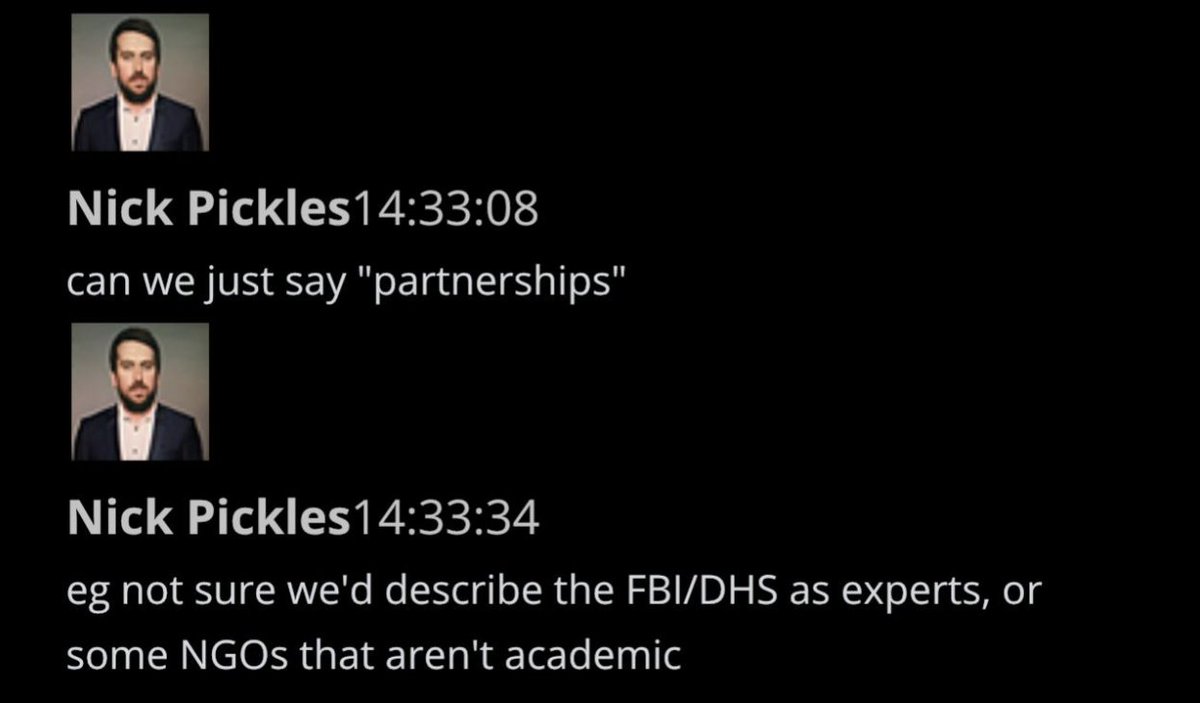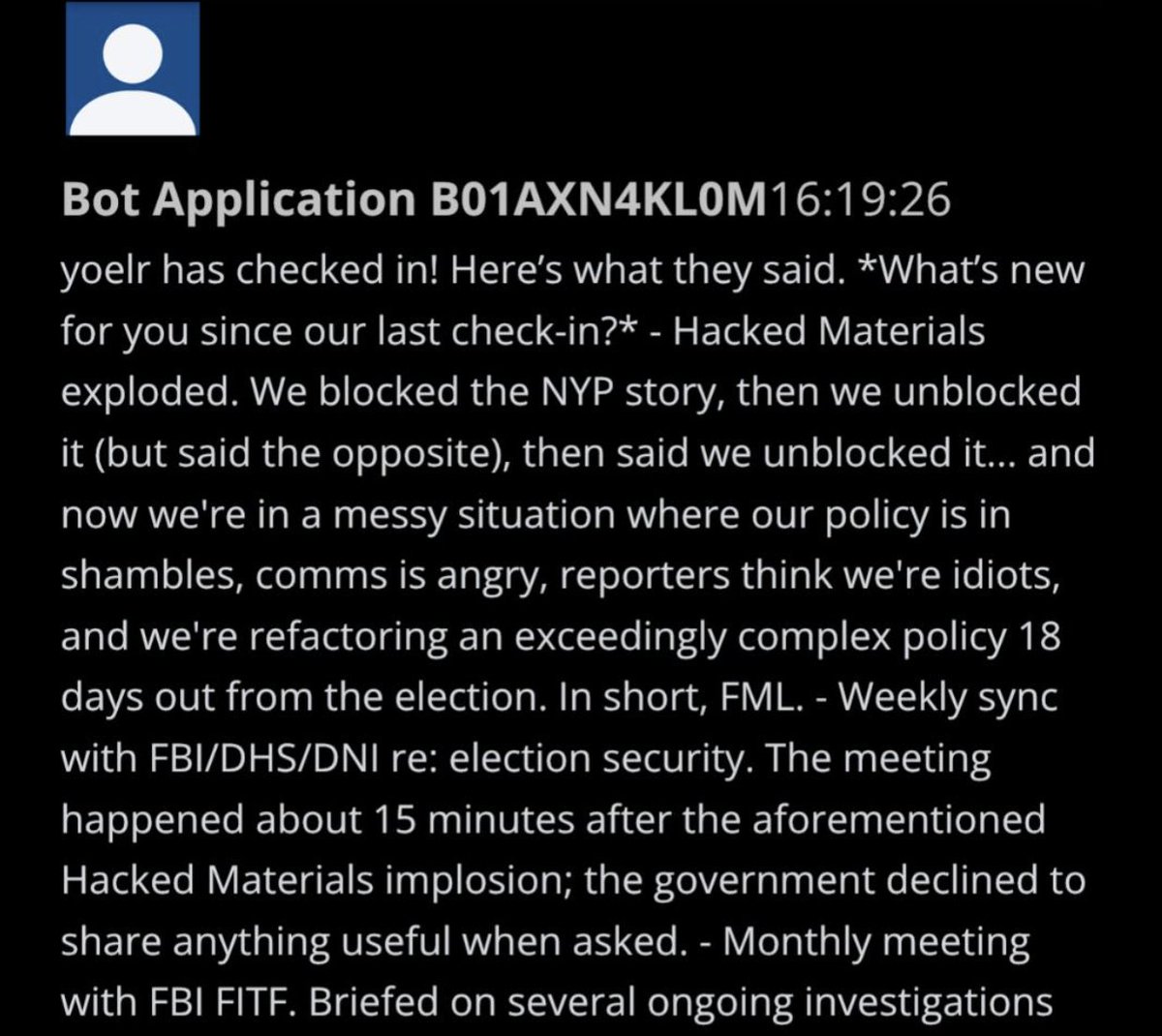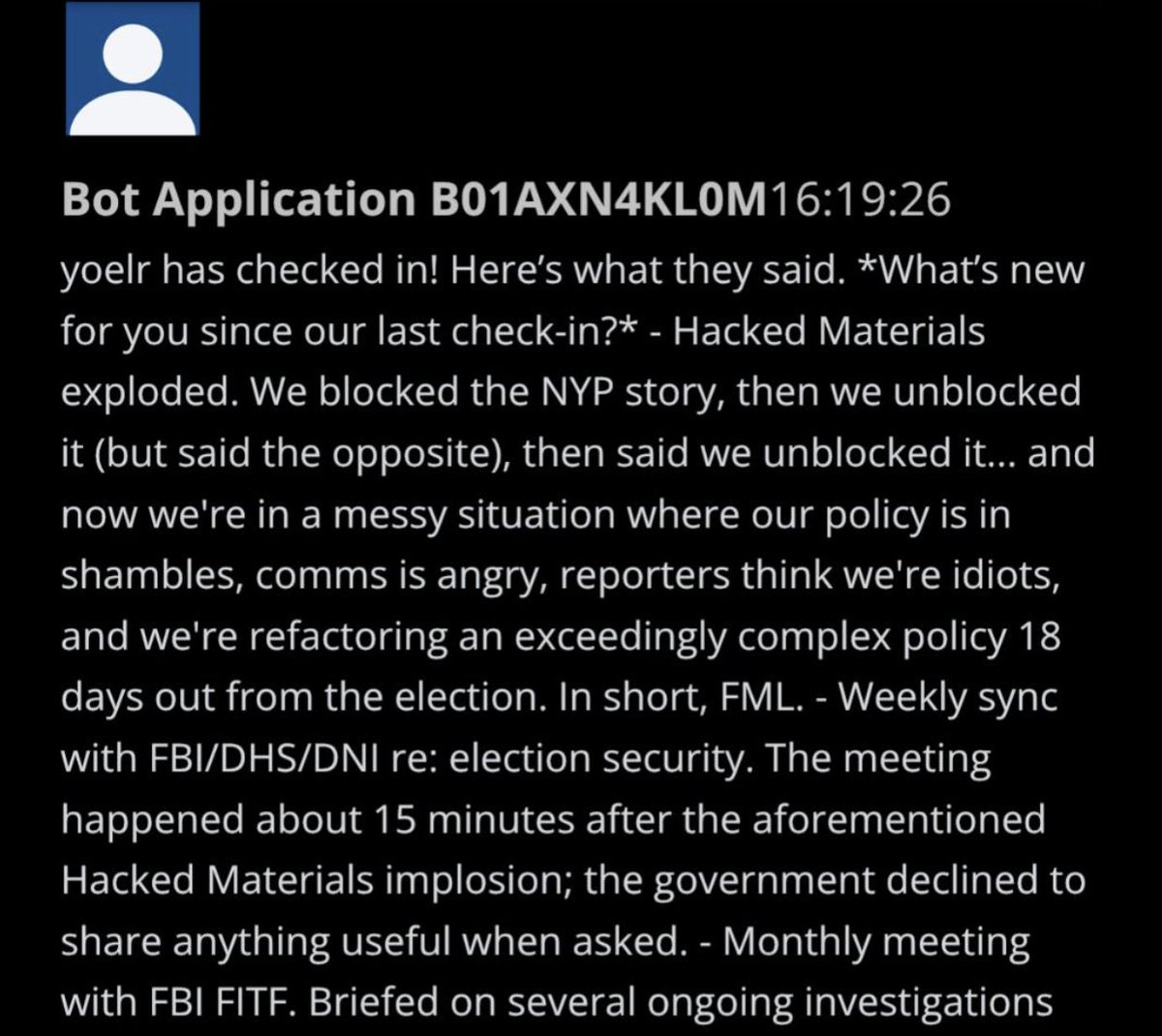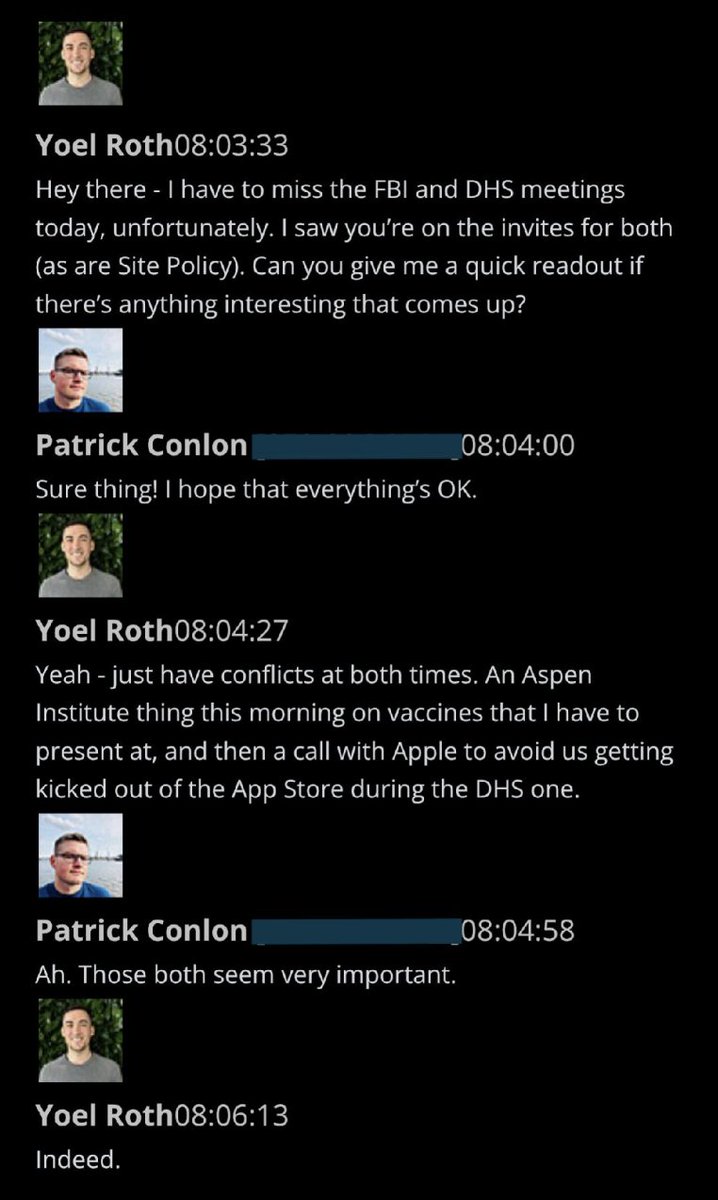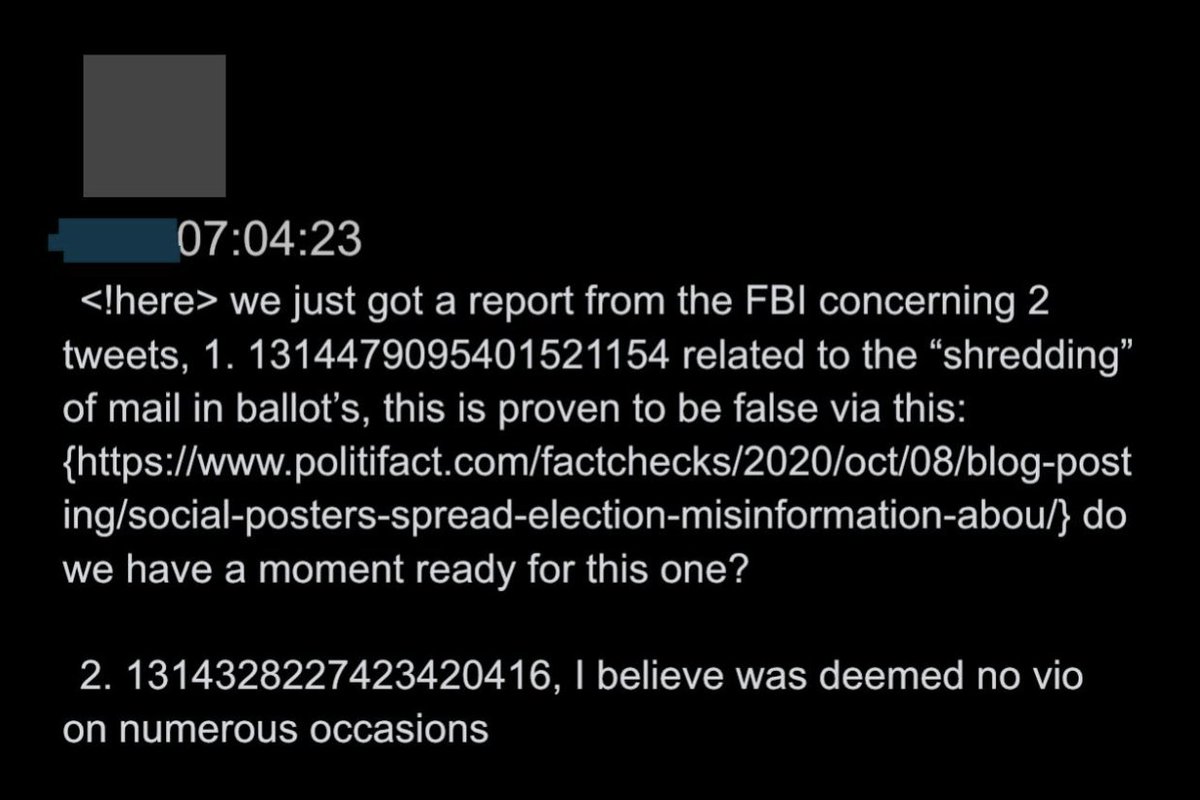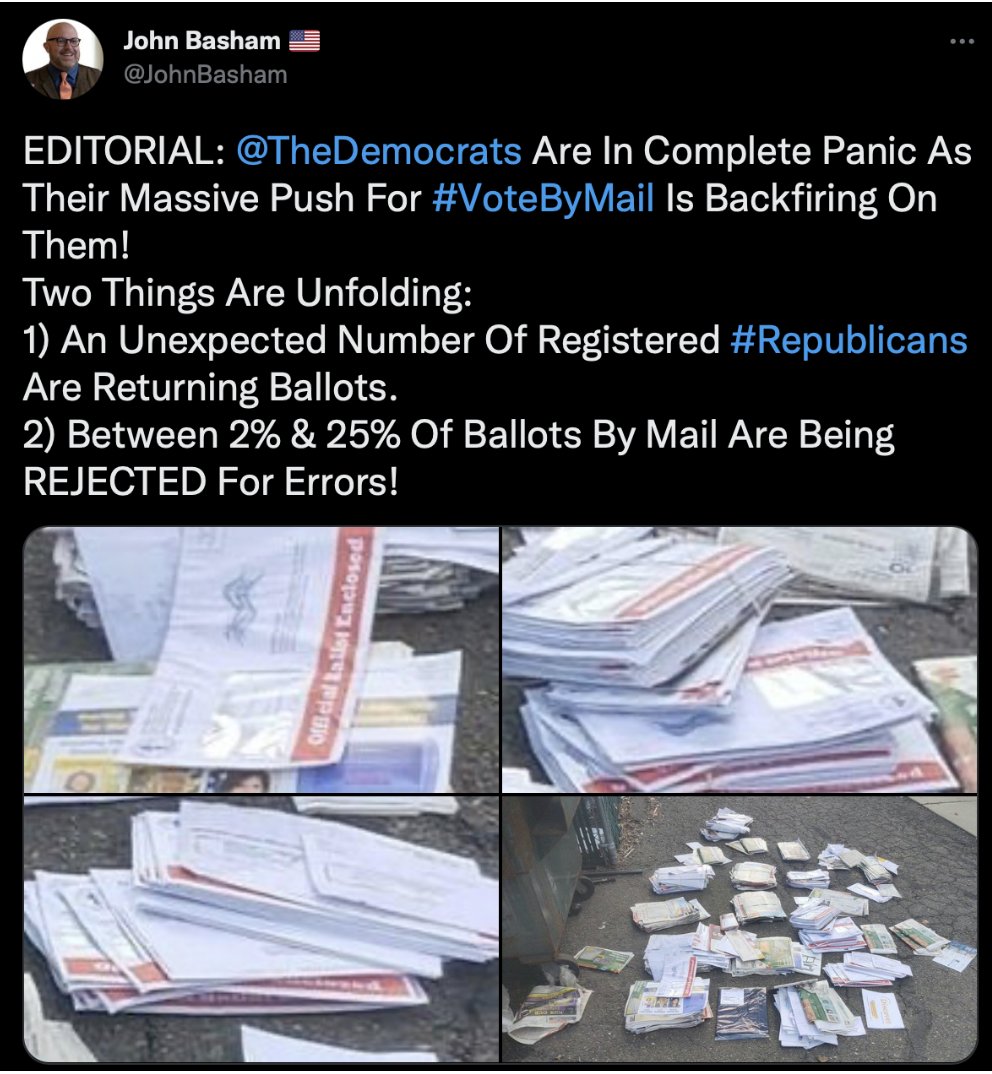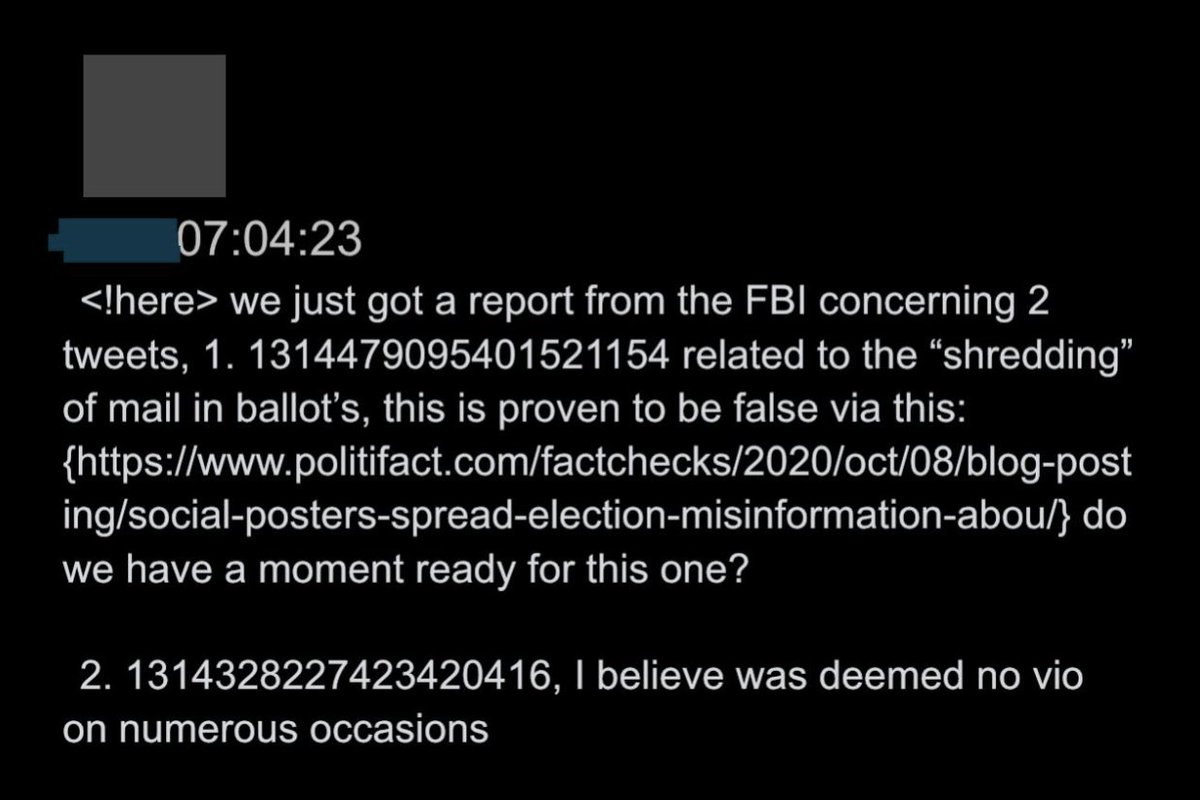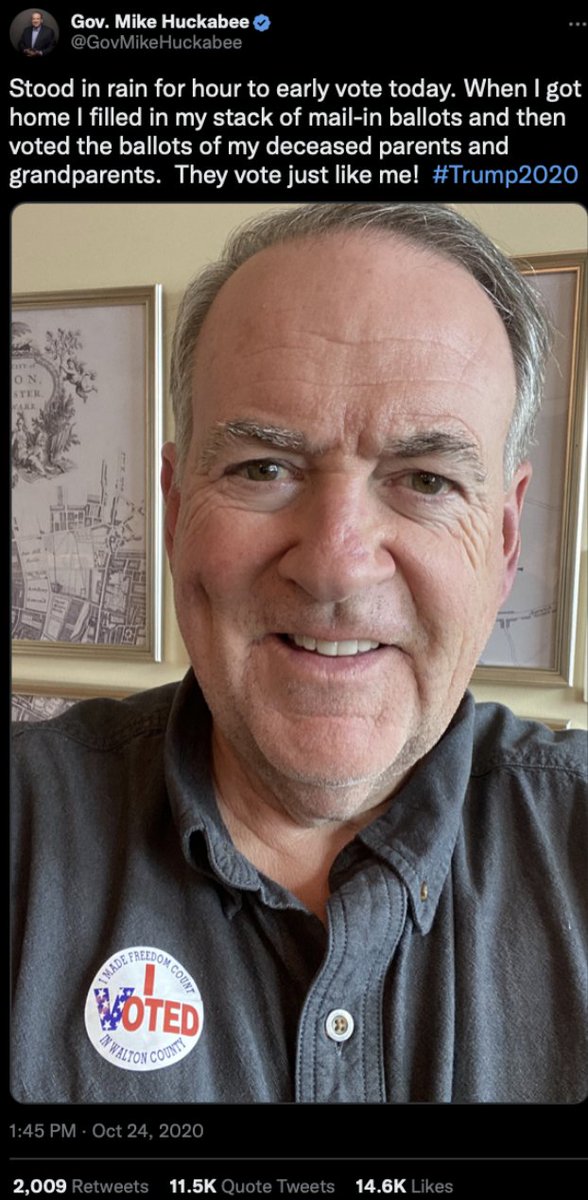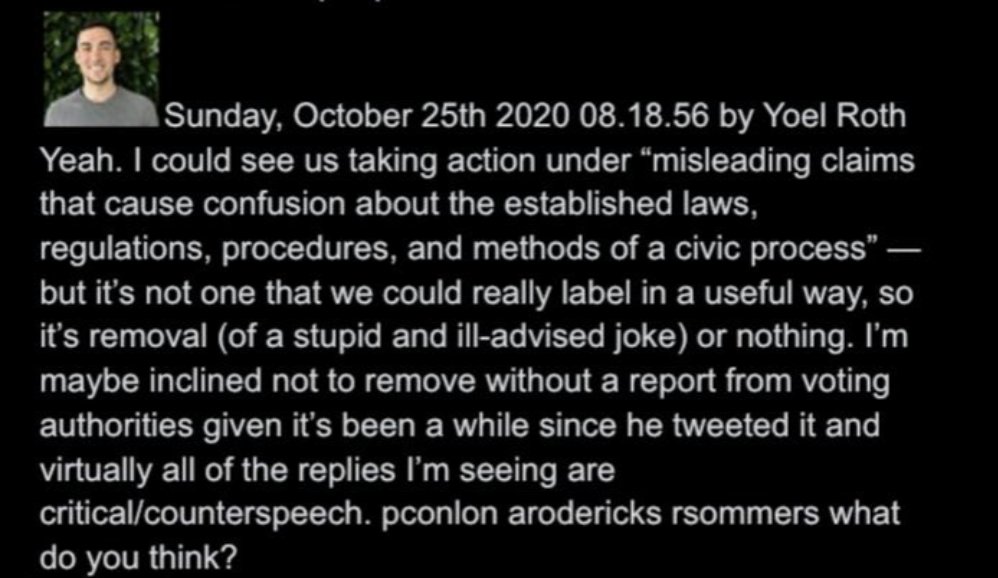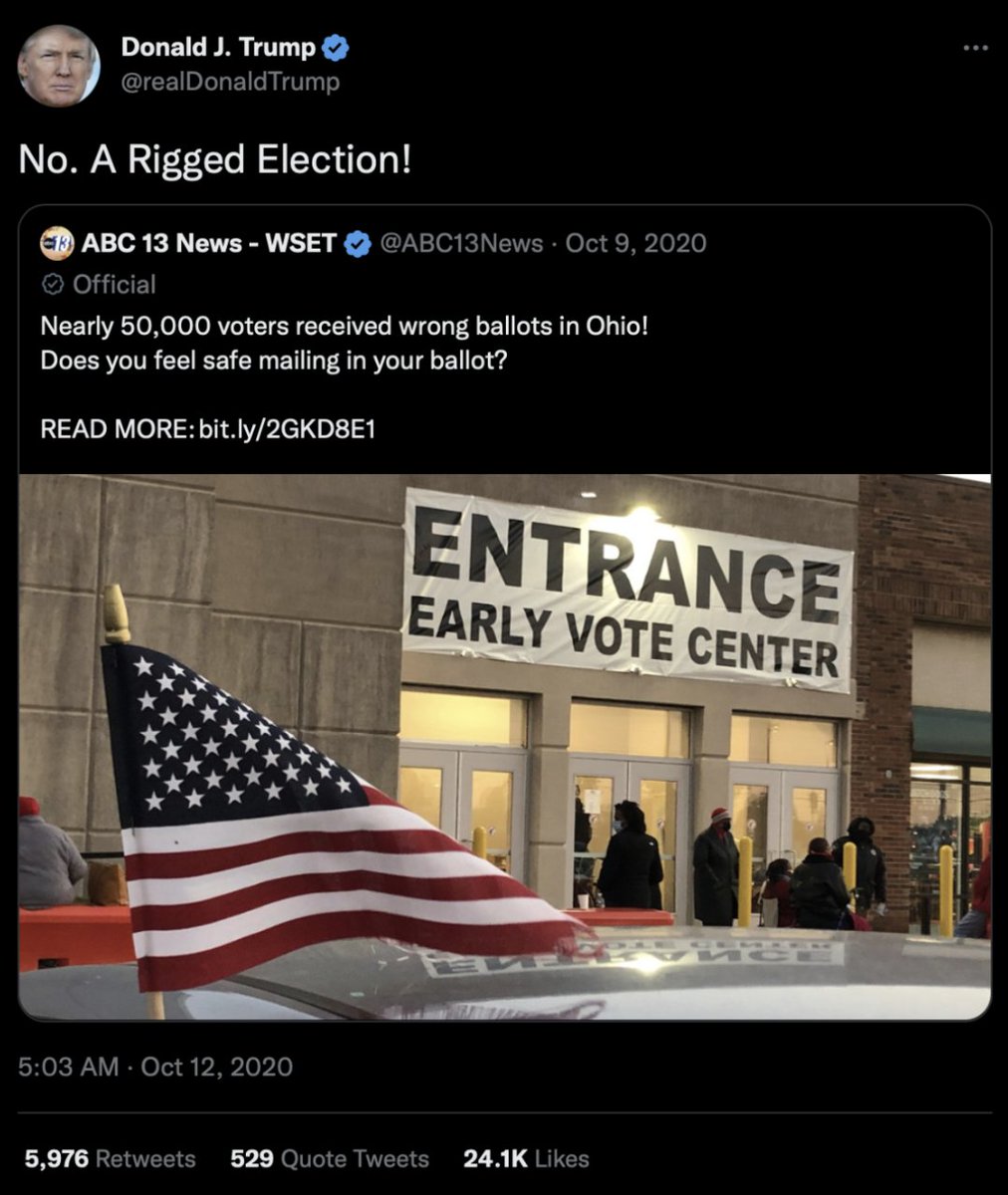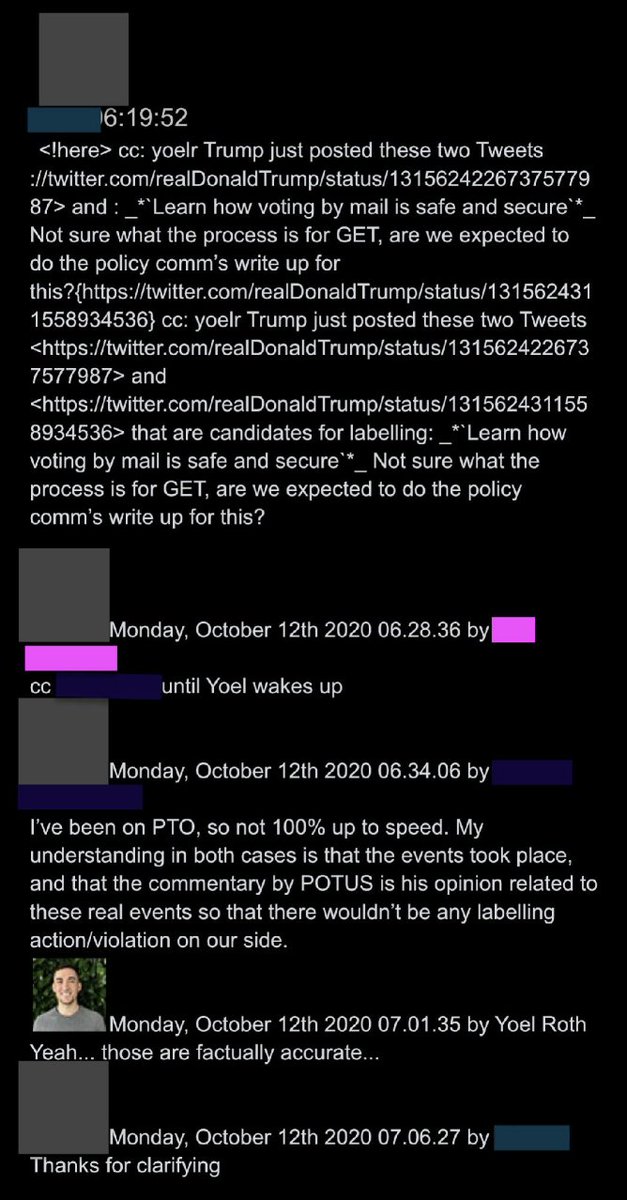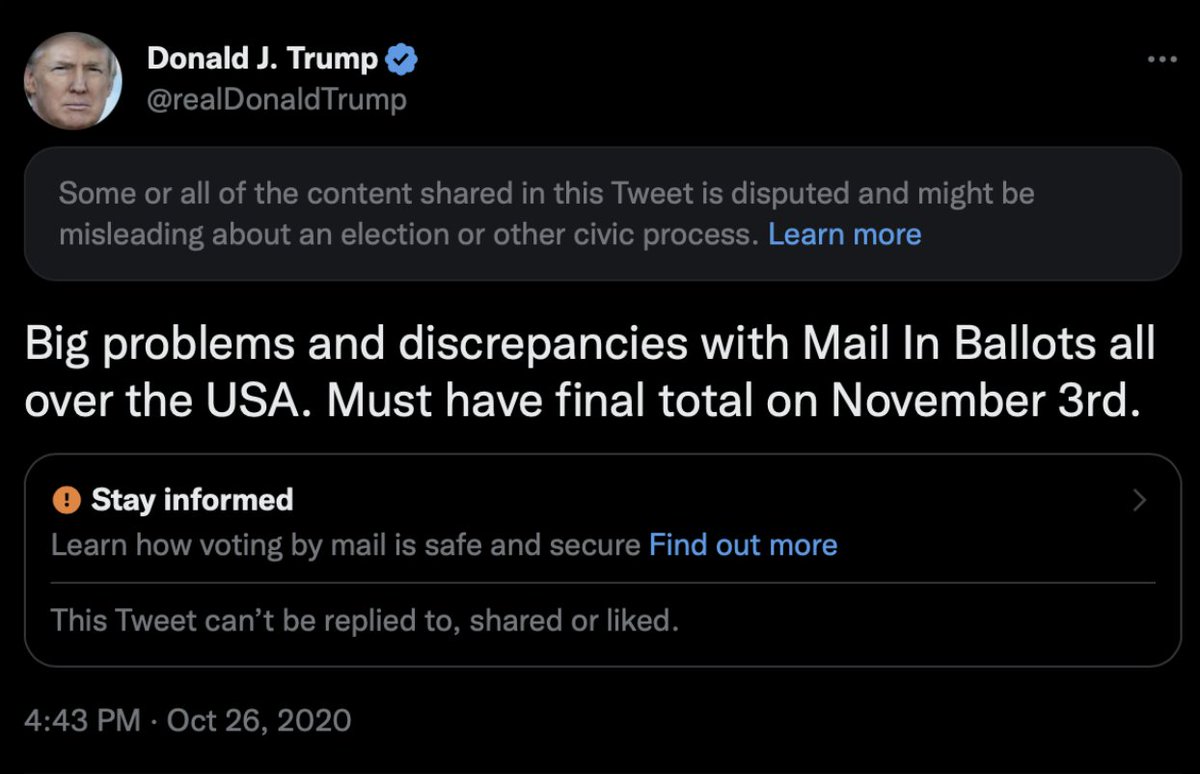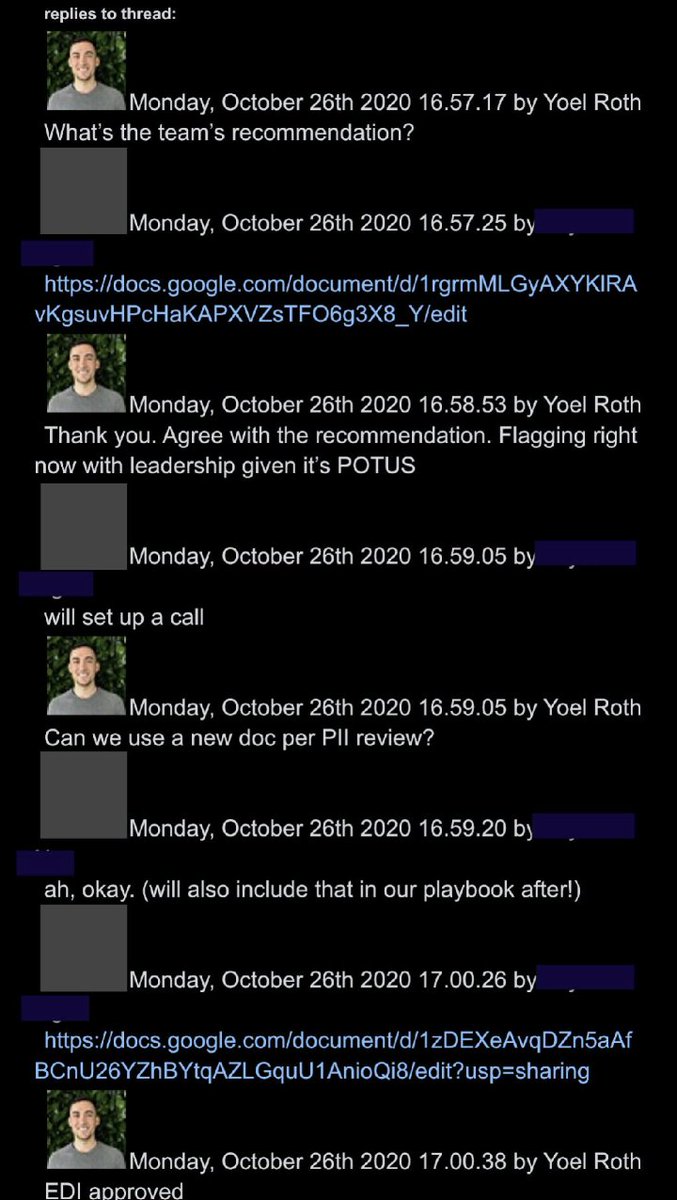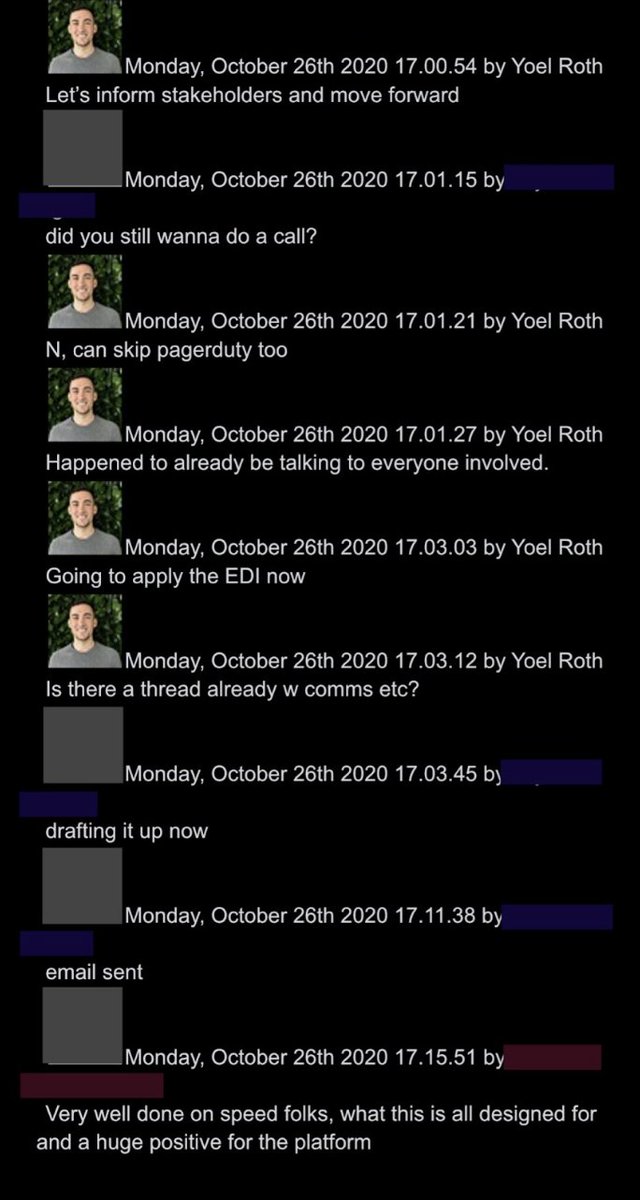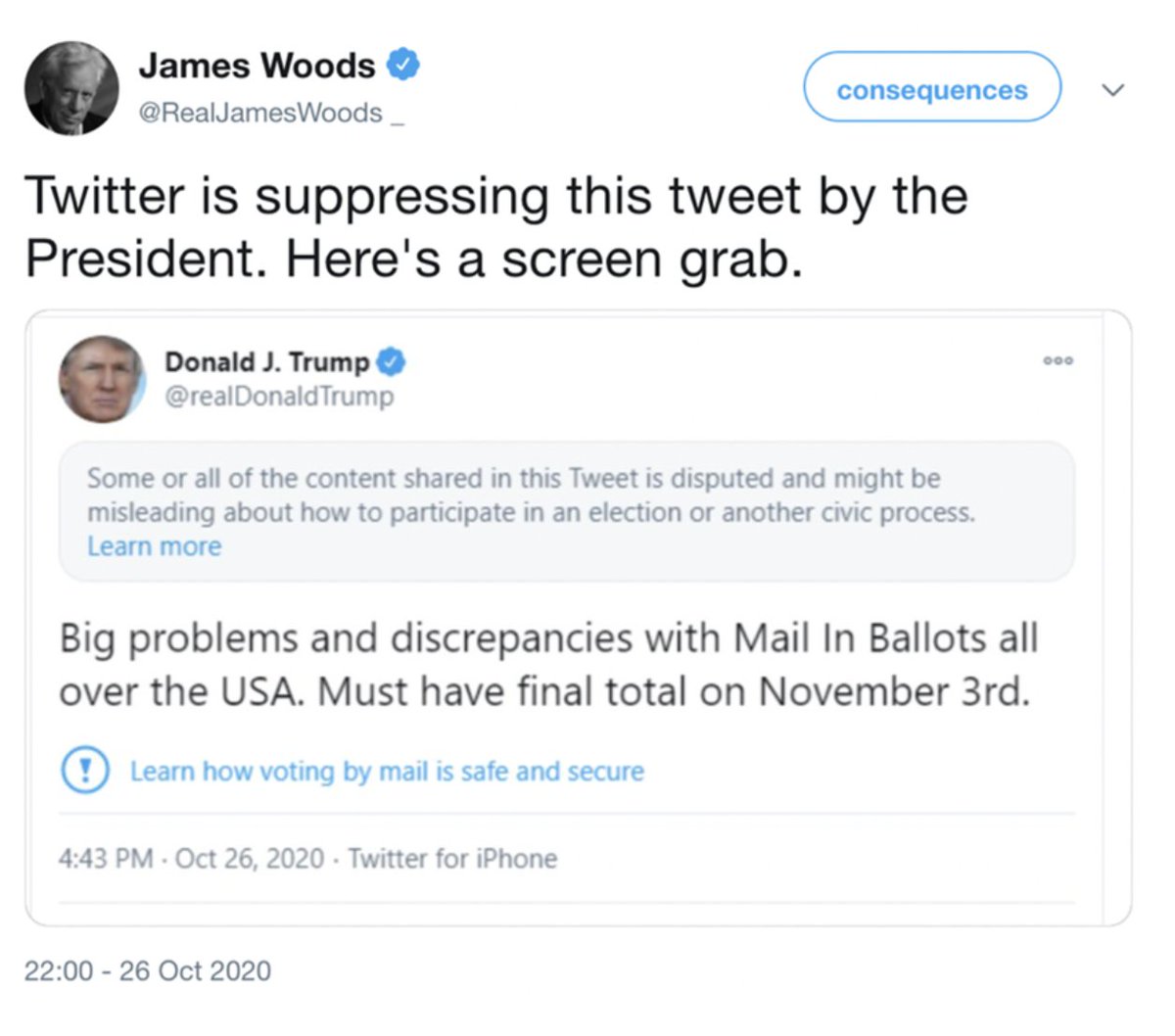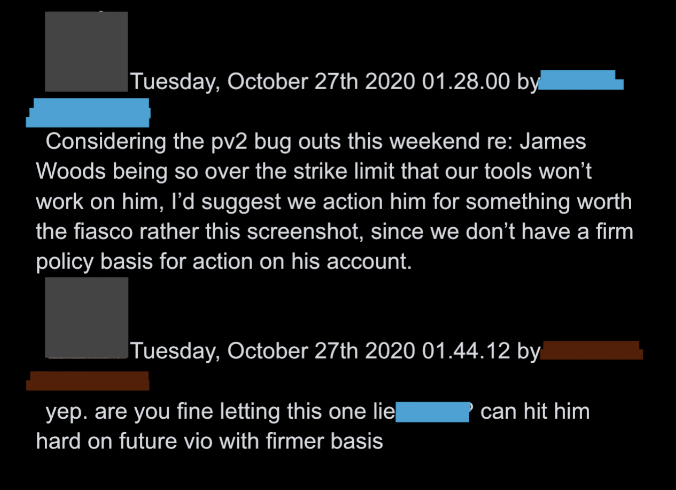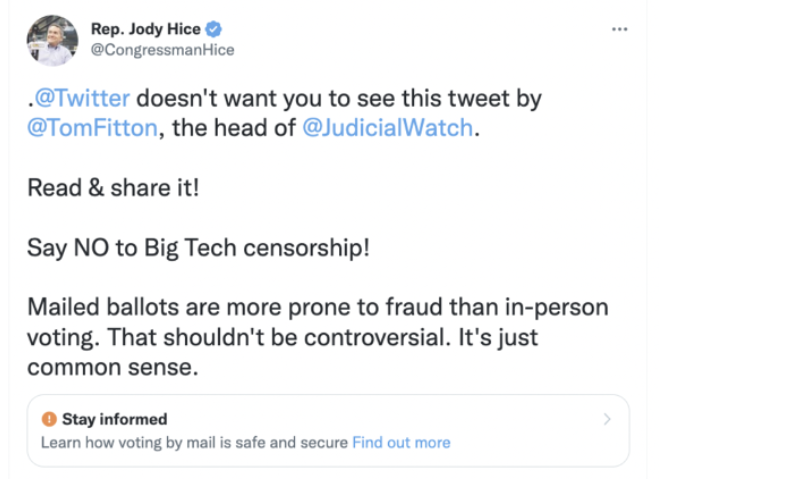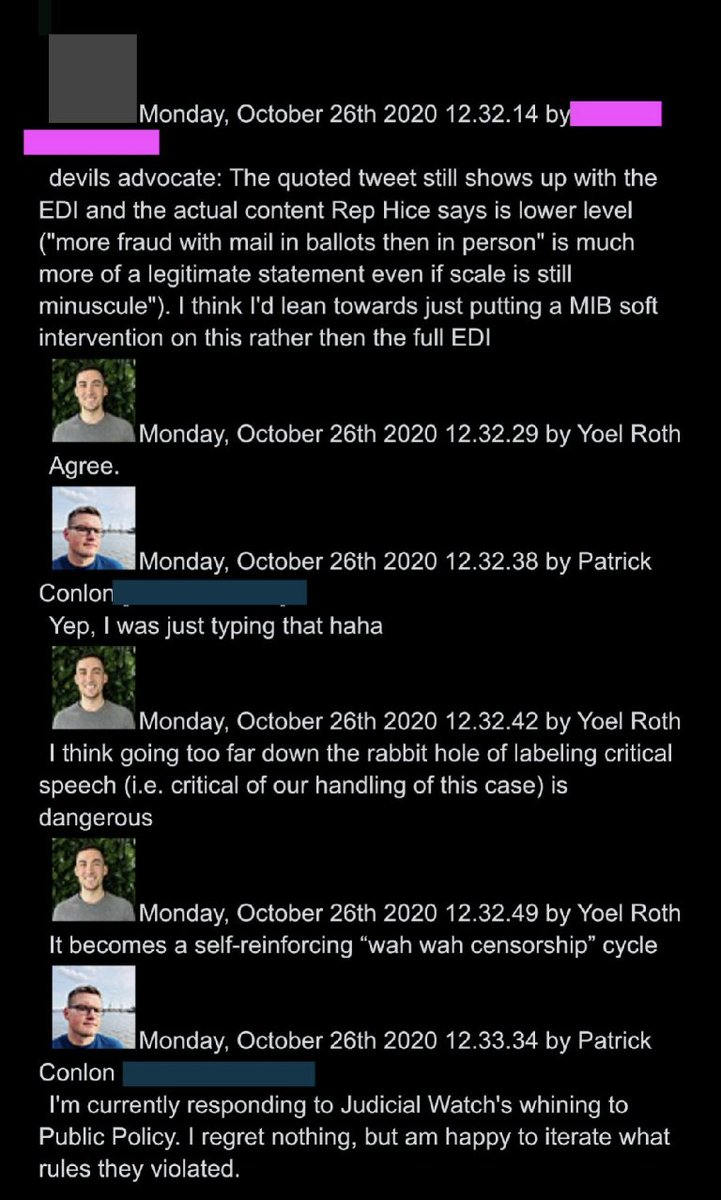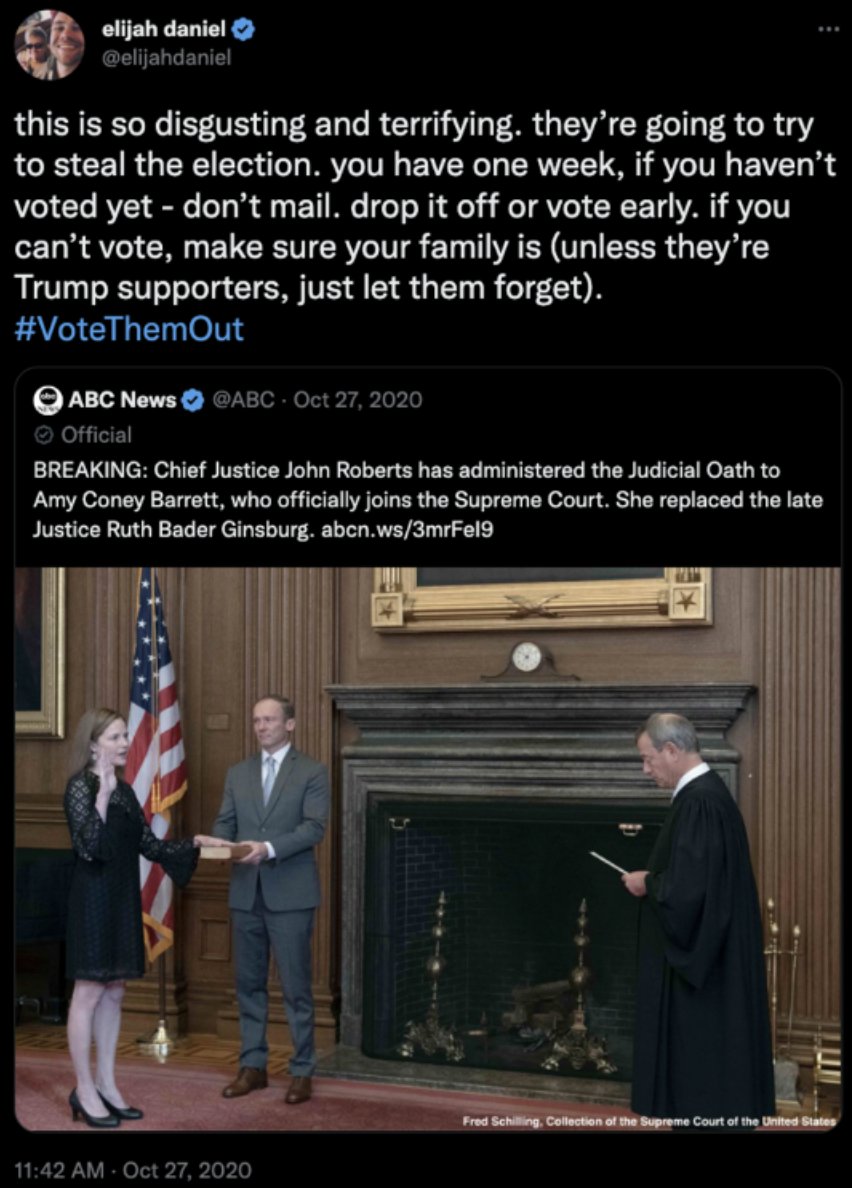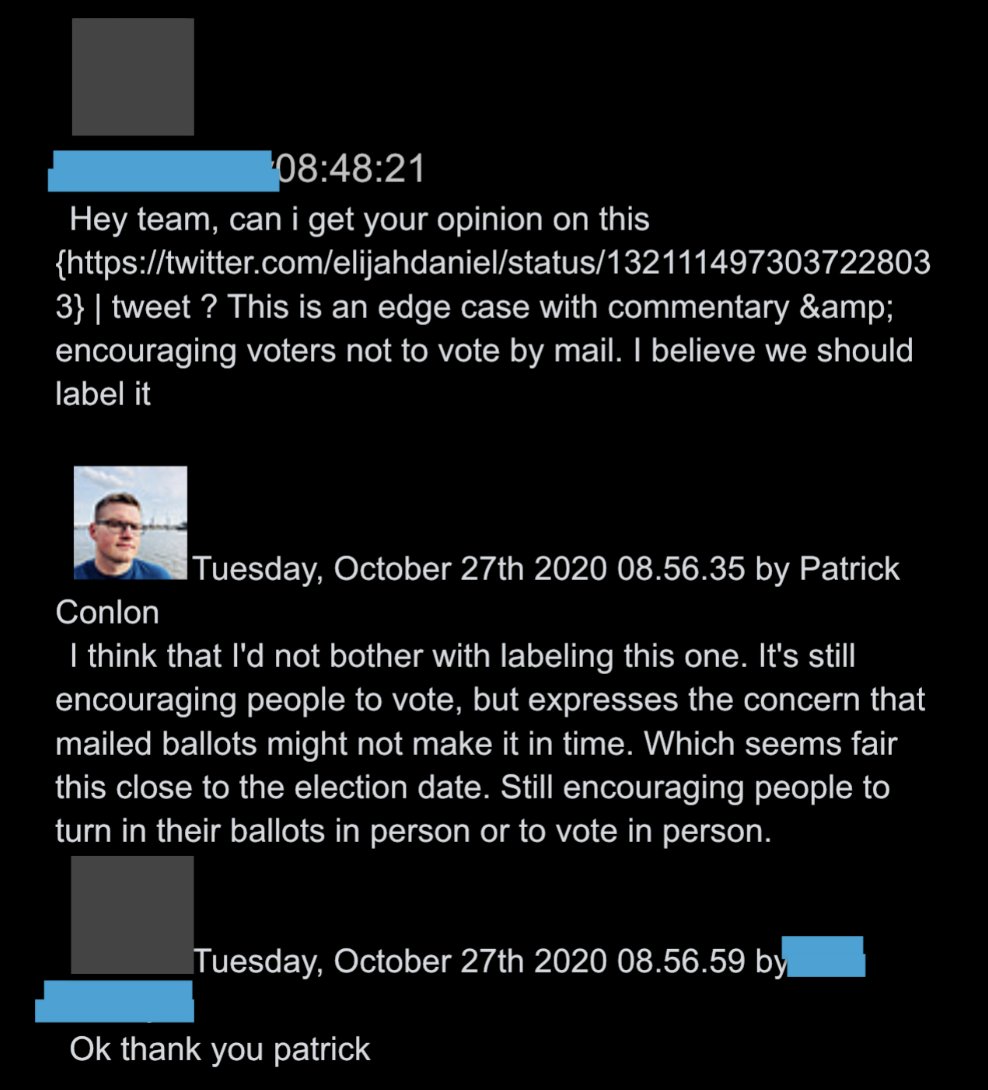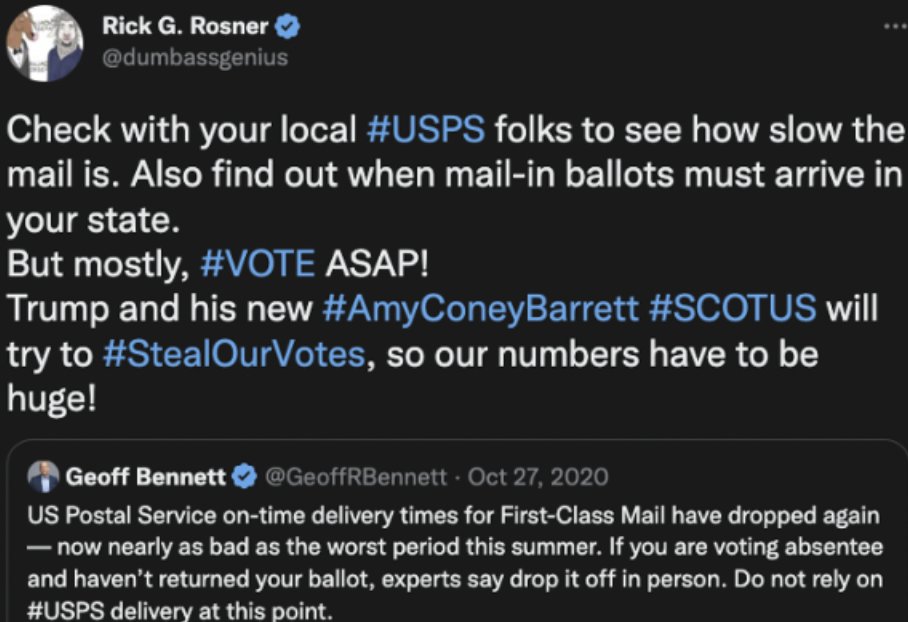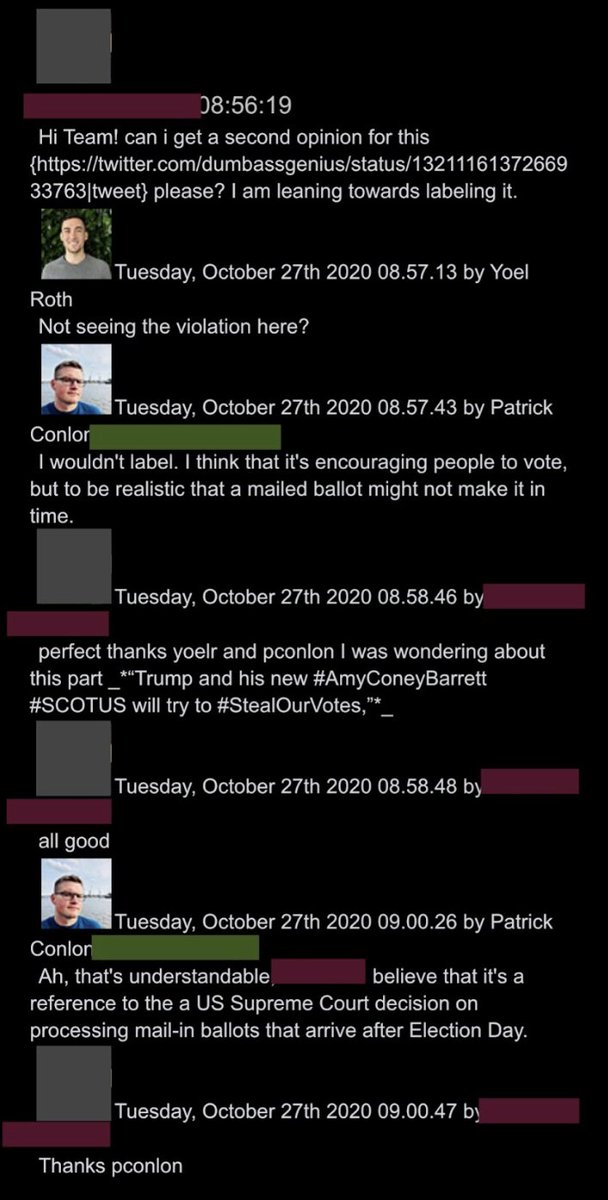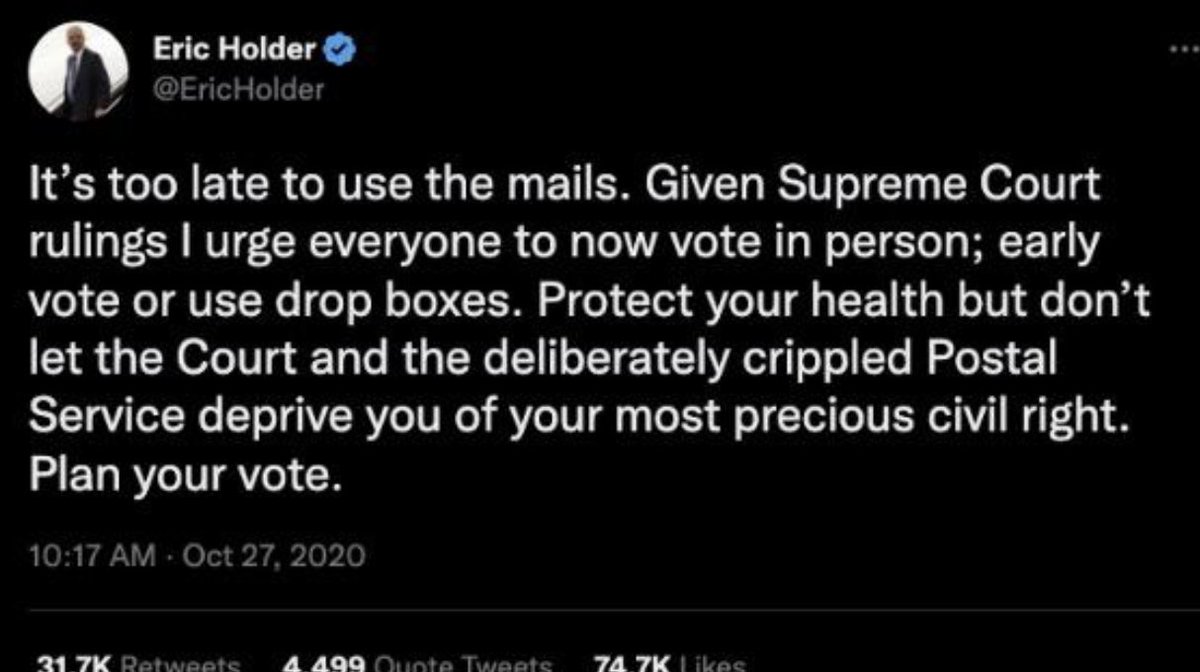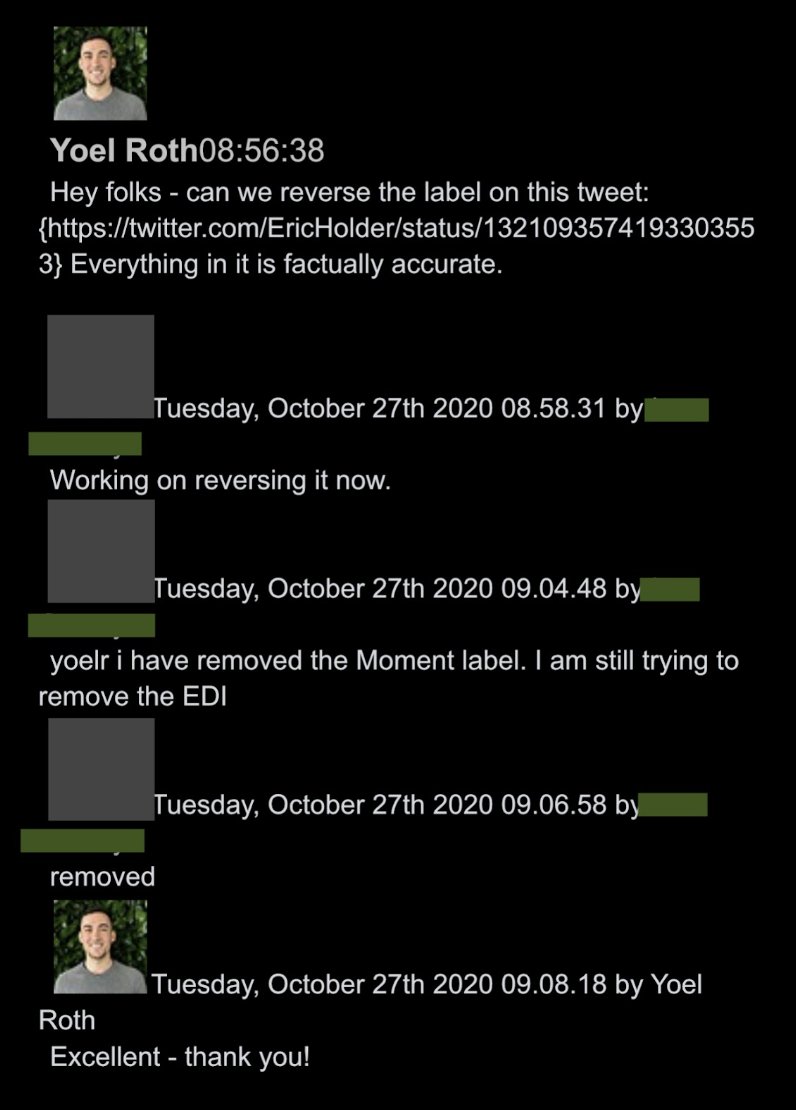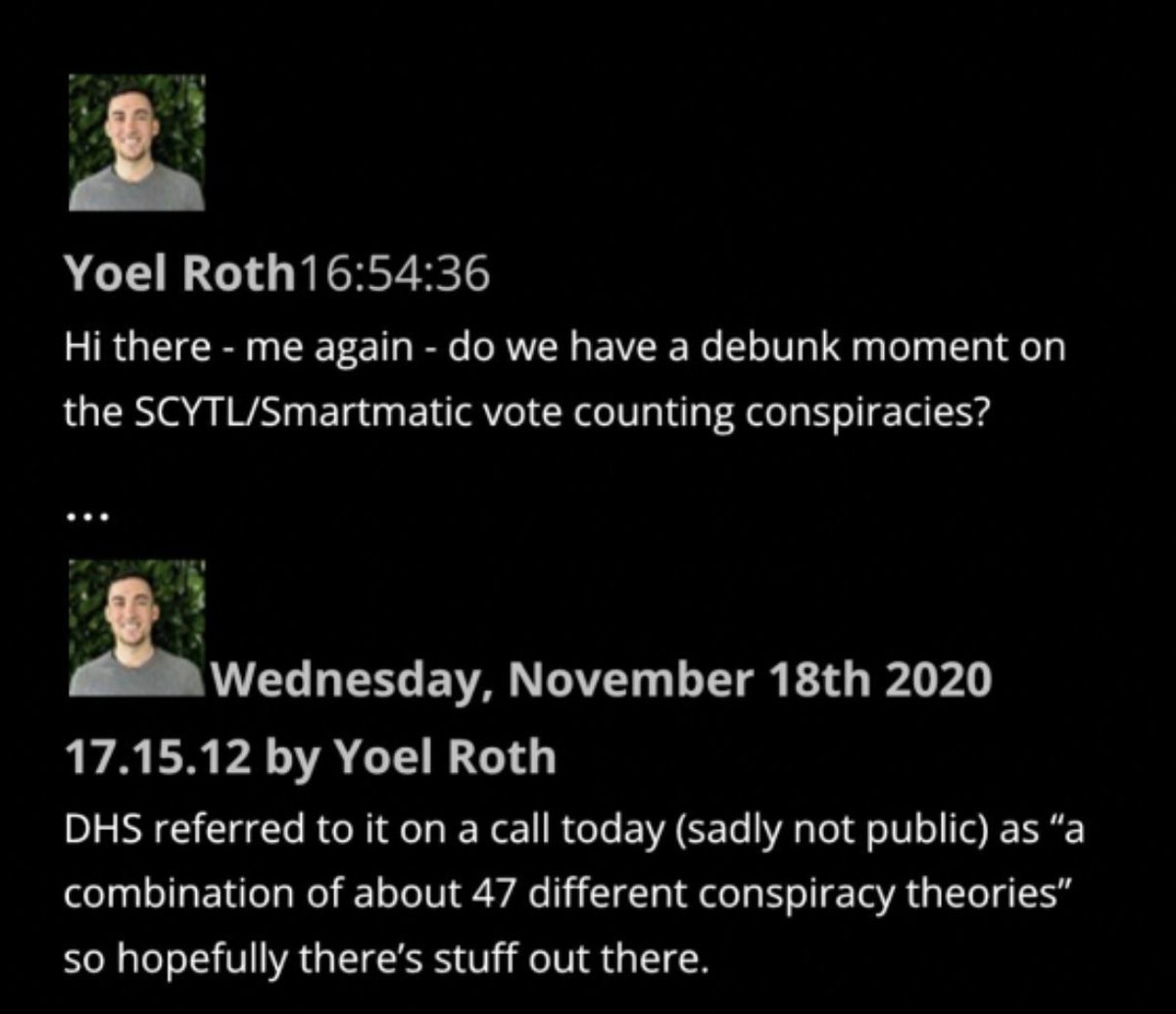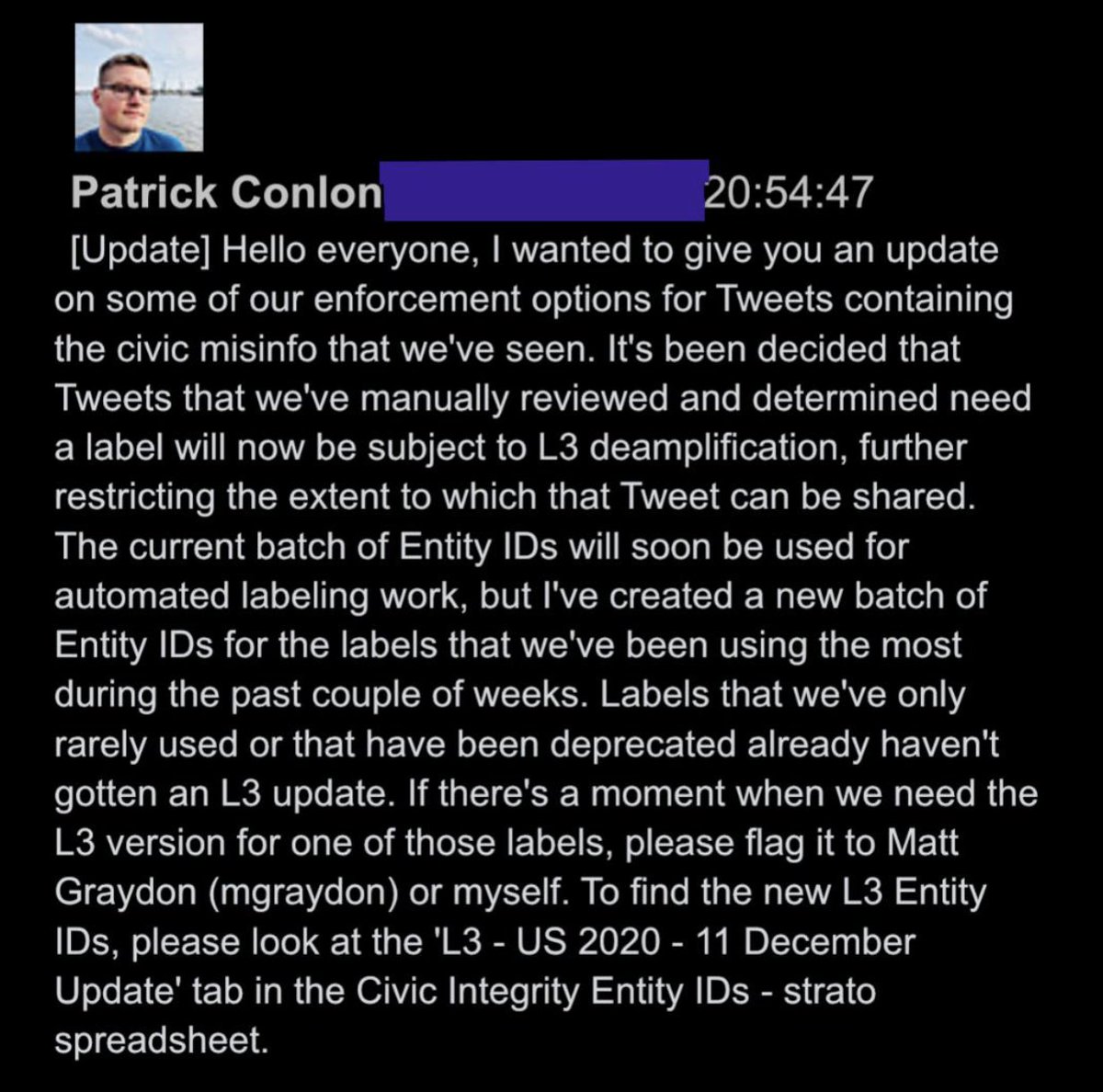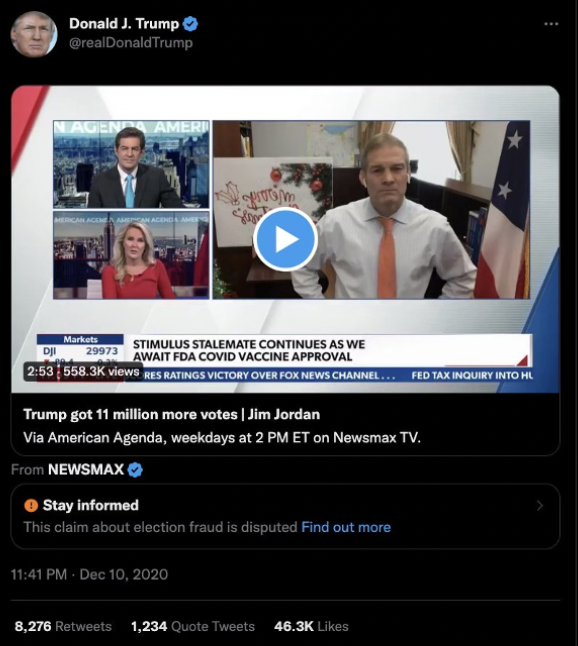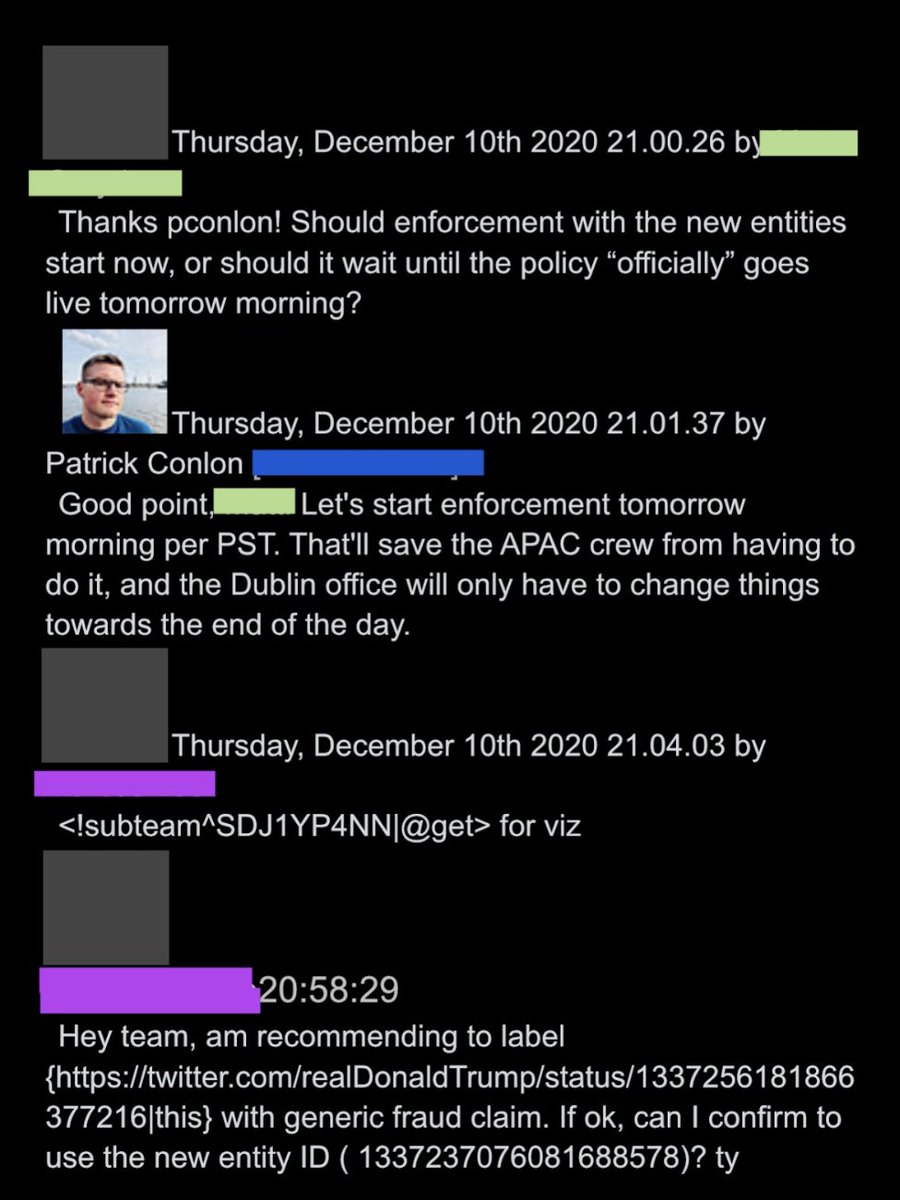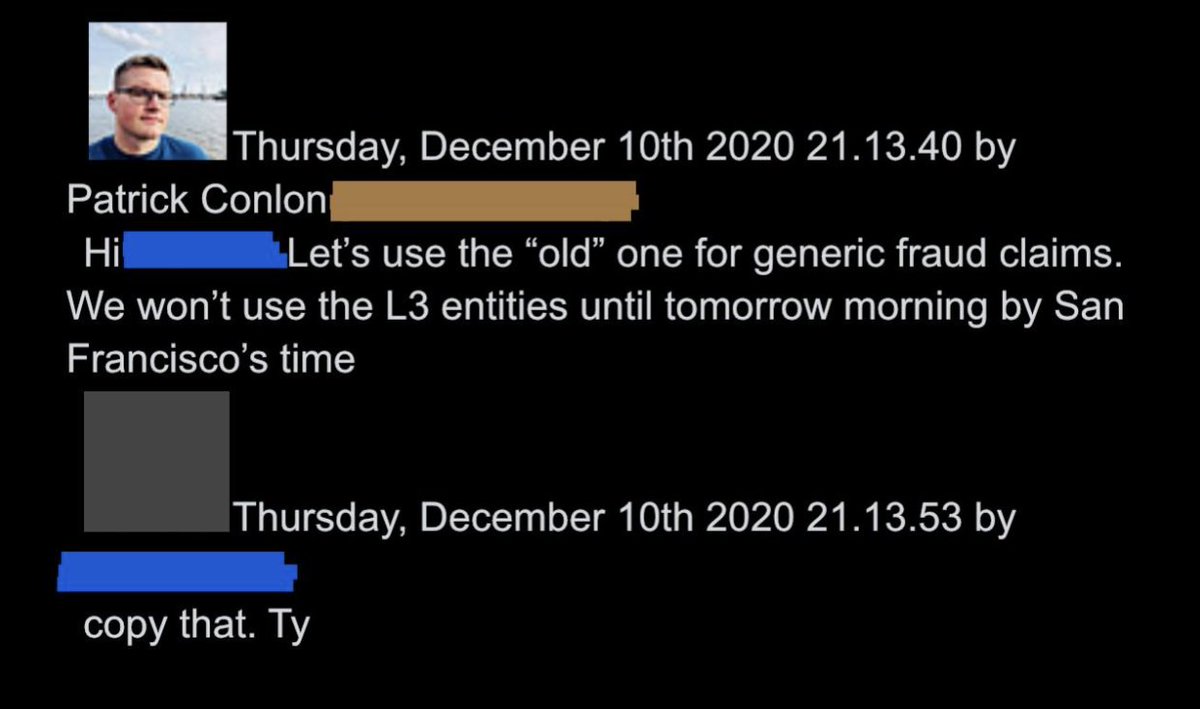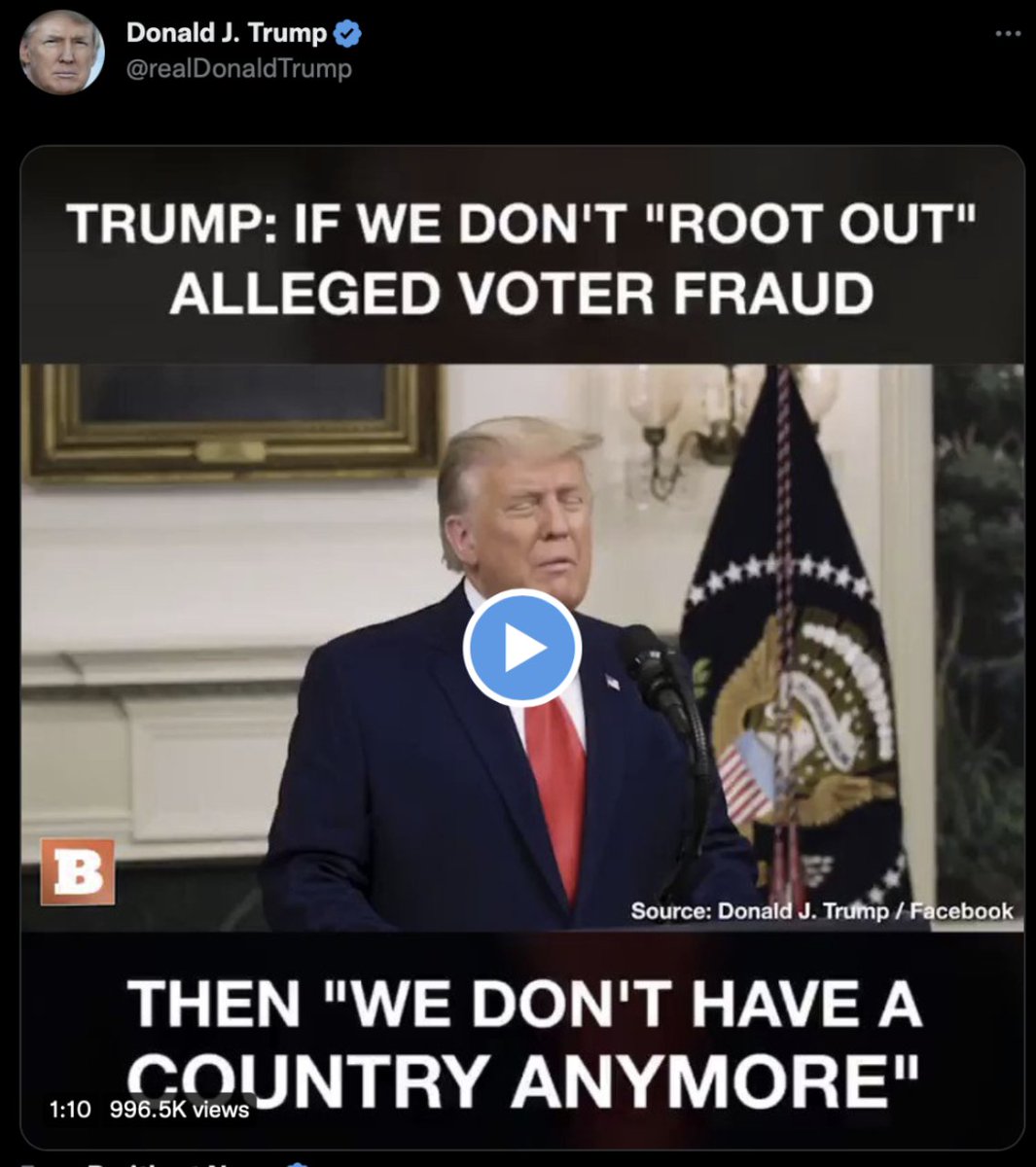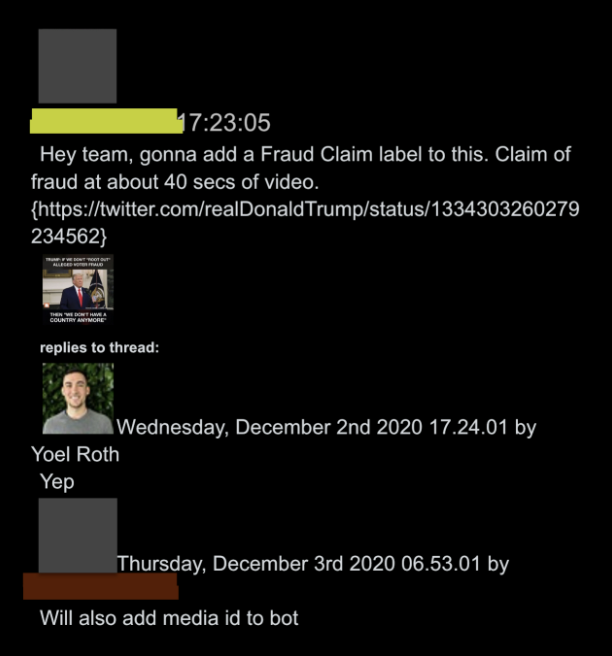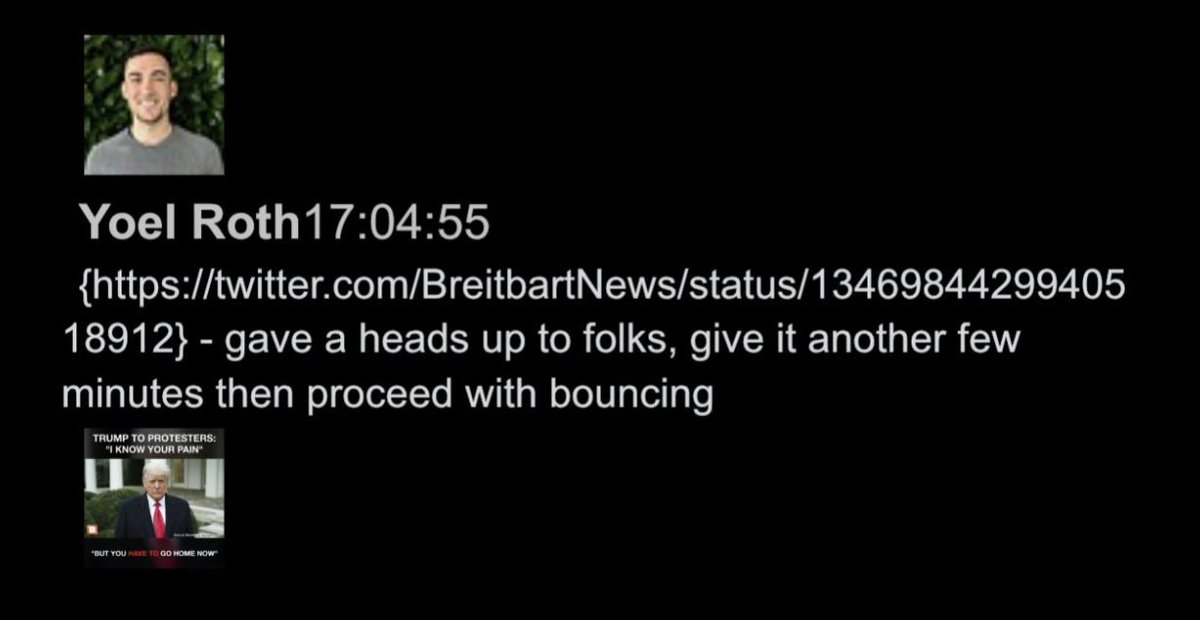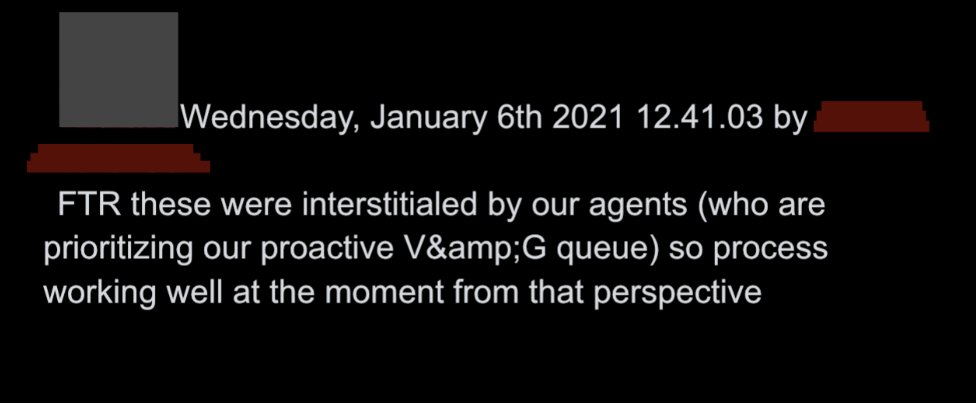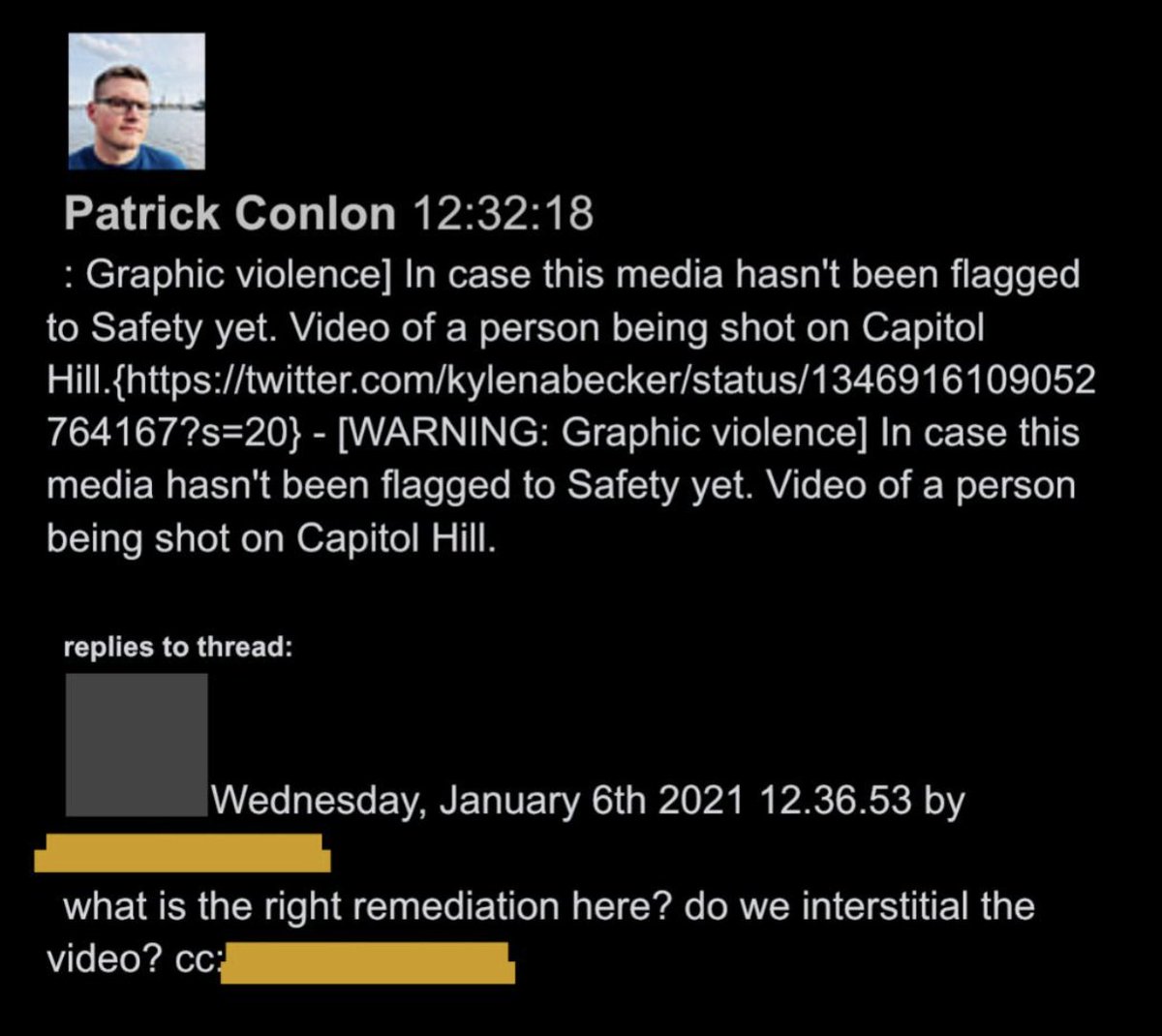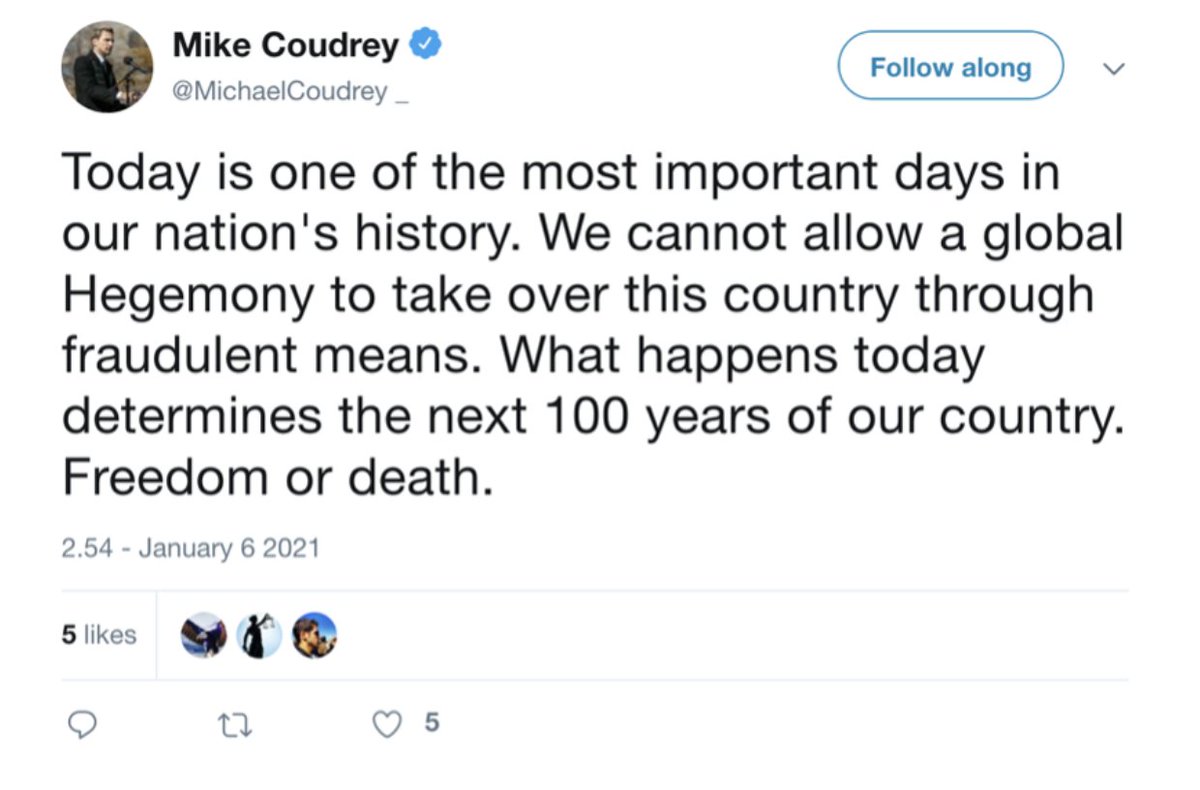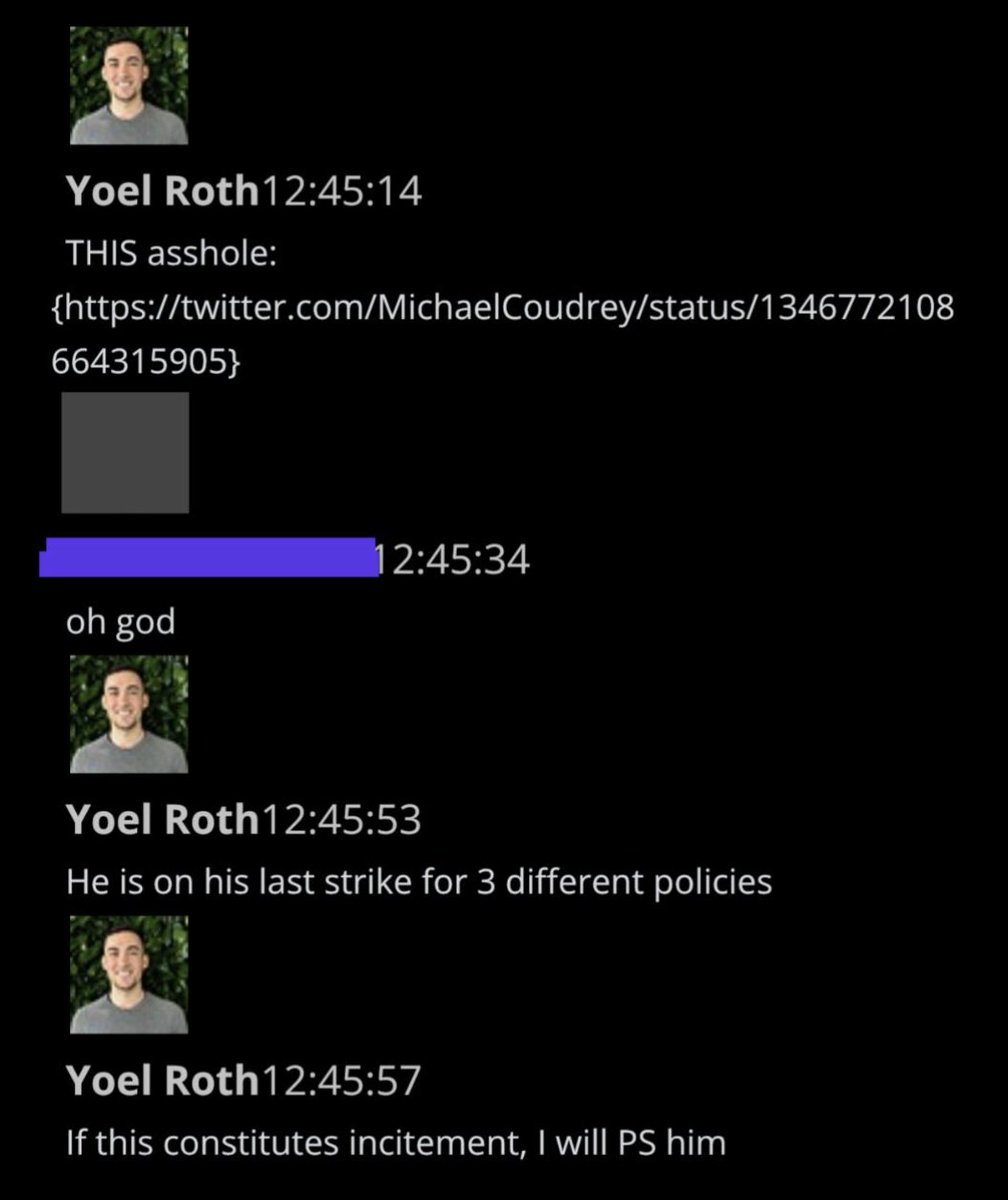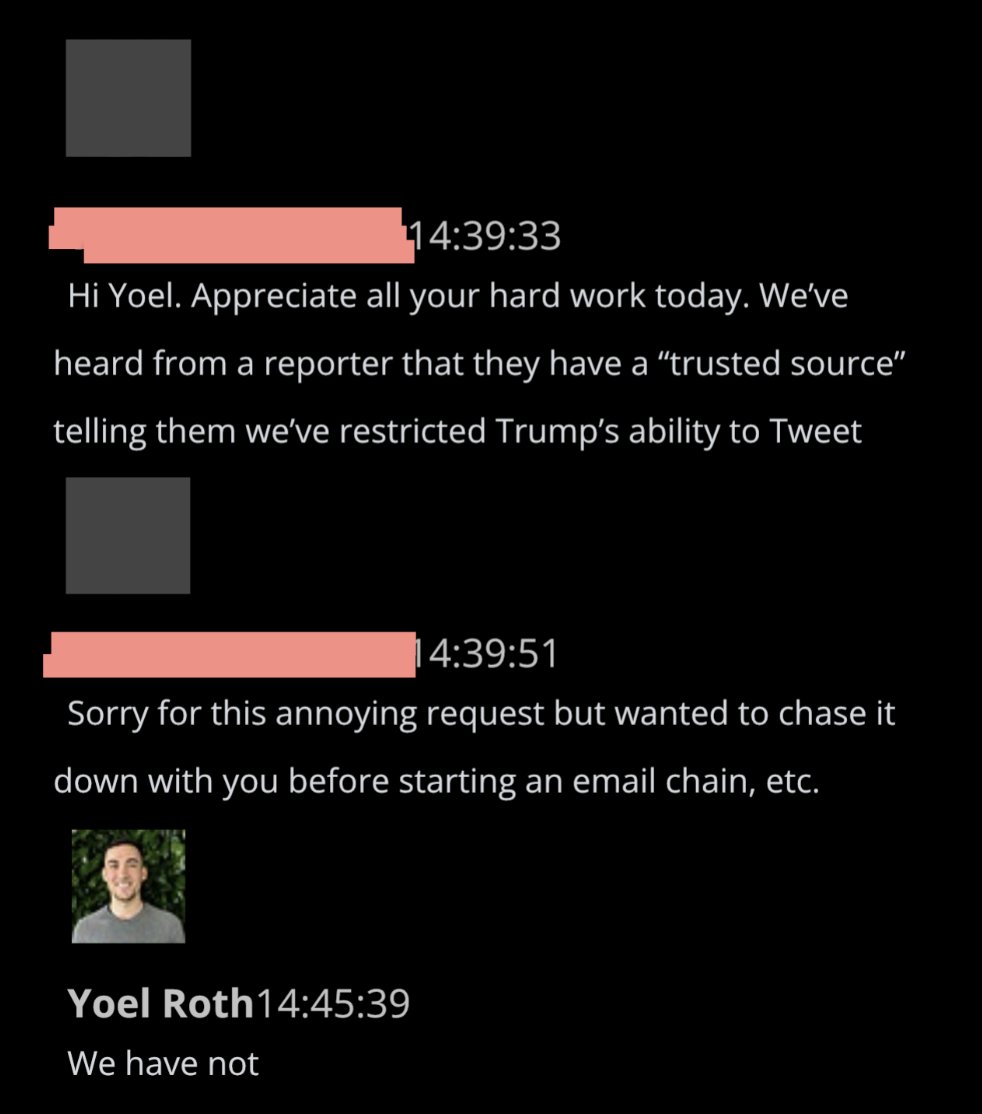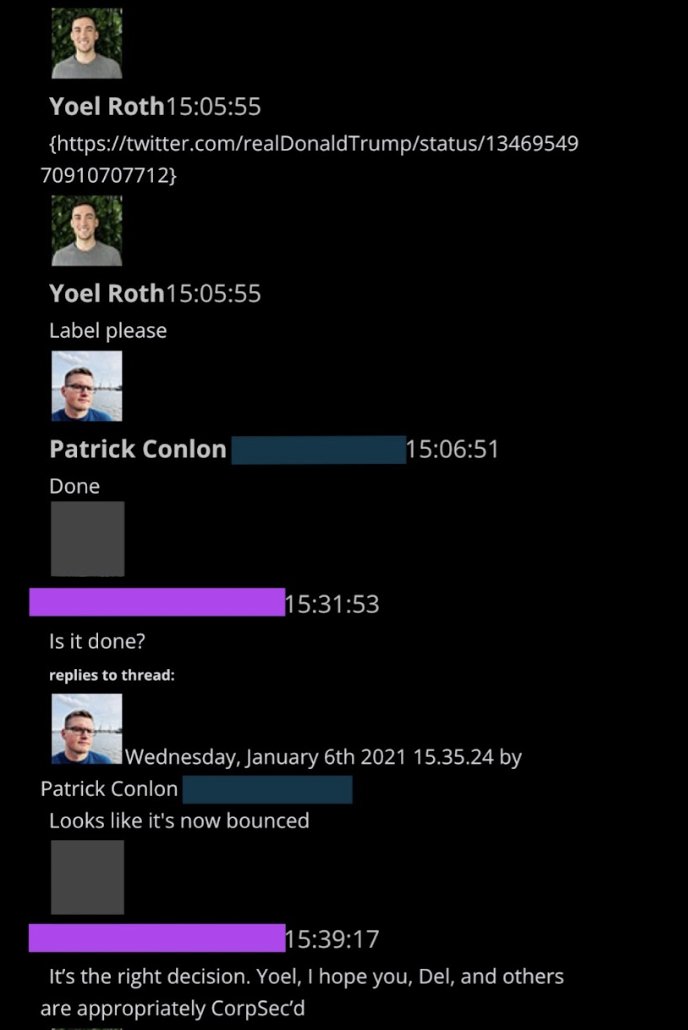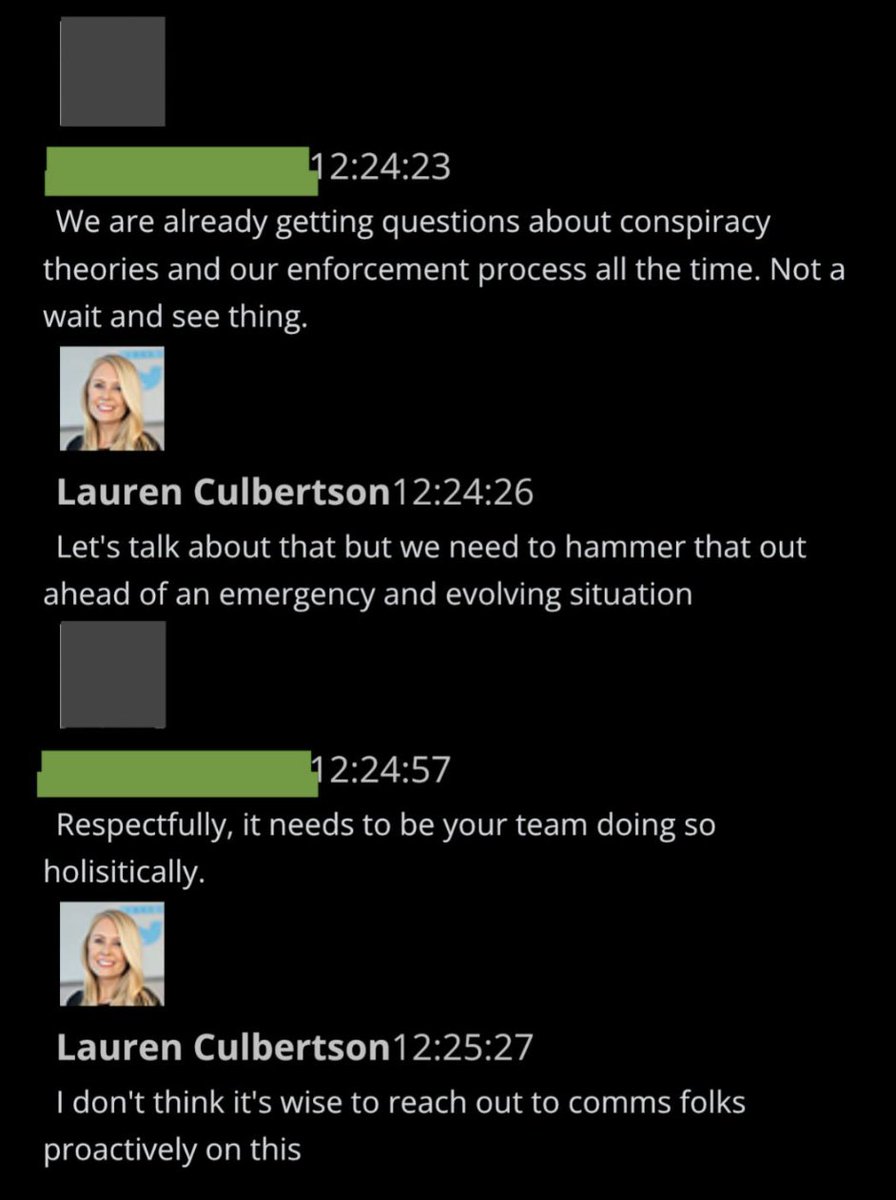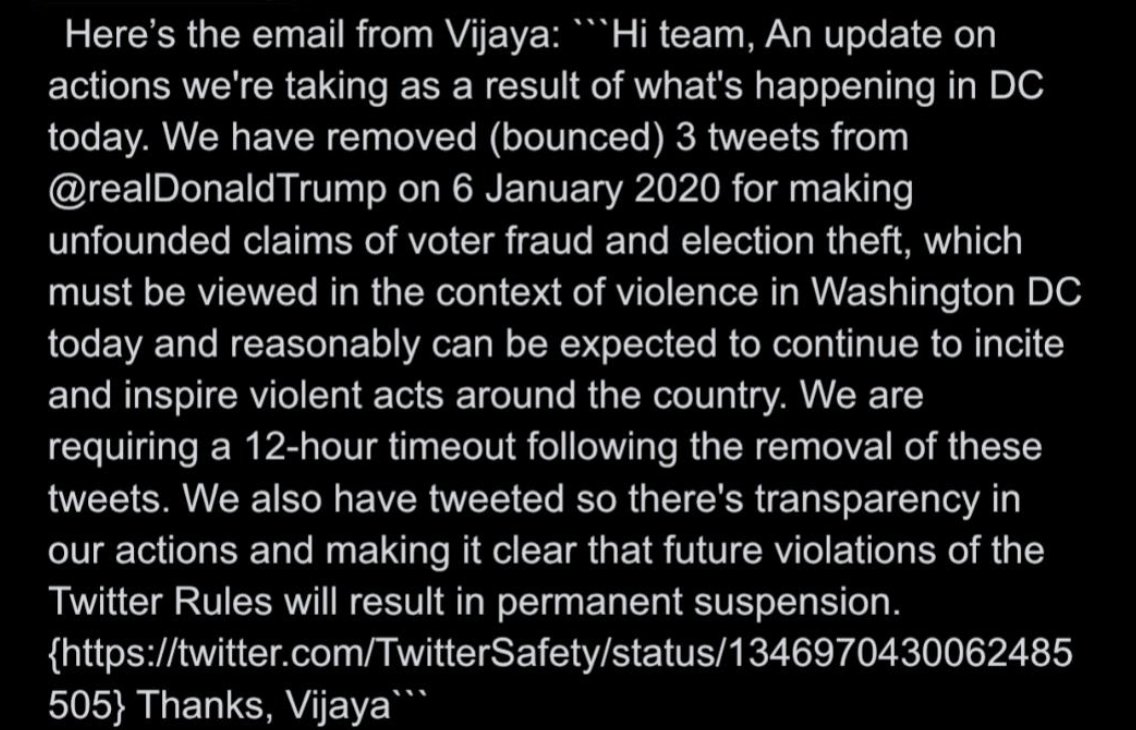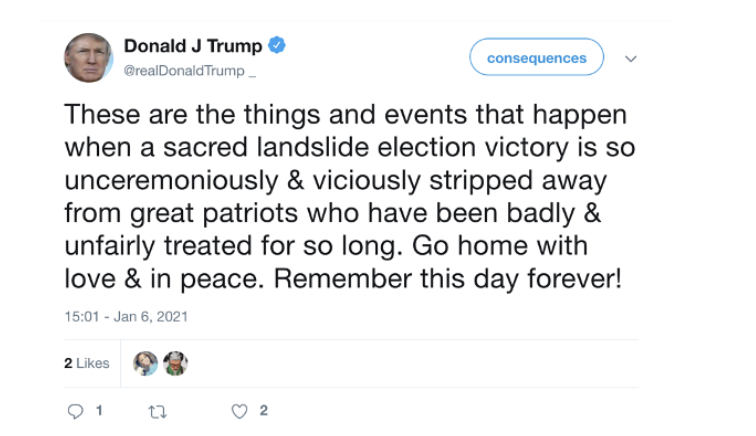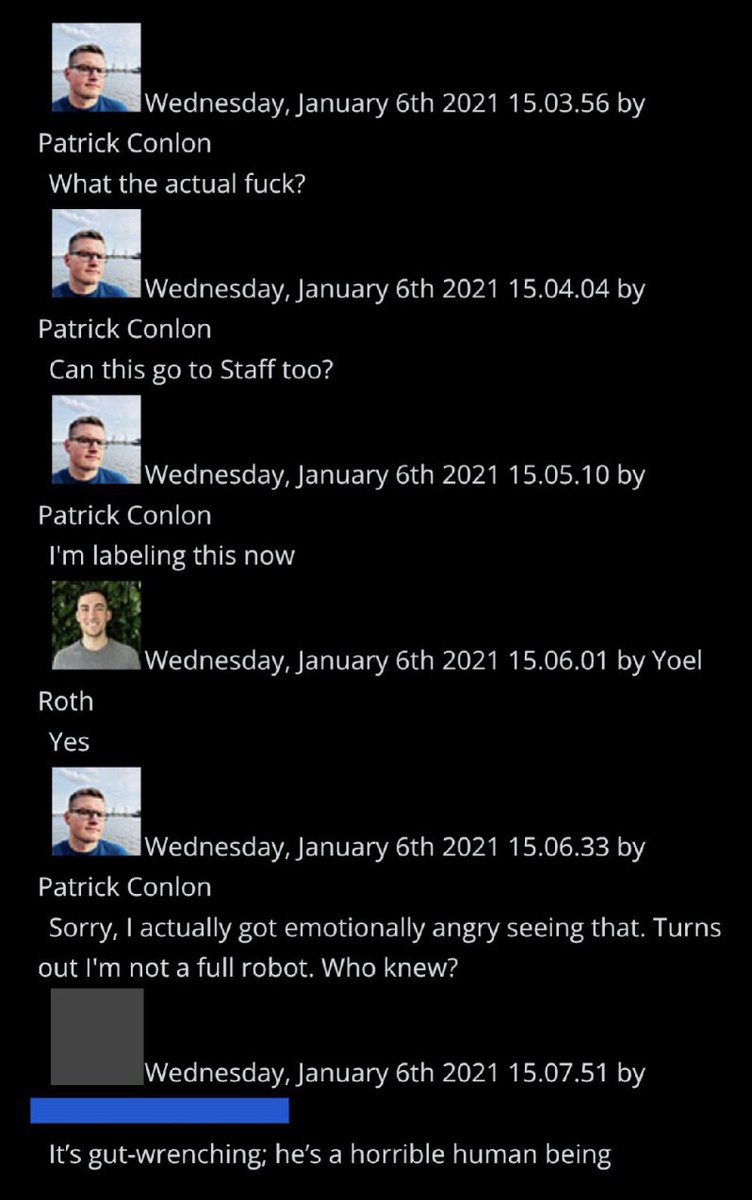A new Twitter Files release has come out — and this one is a doozy. Matt Taibbi on Friday night revealed the behind-the-scenes decision-making at Twitter to ban Donald Trump from the platform.
Matt Taibbi, on Friday night, gave us revealing insights into how and why Donald Trump’s account was actually banned.
THREAD: The Twitter Files
THE REMOVAL OF DONALD TRUMP
Part One: October 2020-January 6th
The world knows much of the story of what happened between riots at the Capitol on January 6th, and the removal of President Donald Trump from Twitter on January 8th
We’ll show you what hasn’t been revealed: the erosion of standards within the company in months before J6, decisions by high-ranking executives to violate their own policies, and more, against the backdrop of ongoing, documented interaction with federal agencies. This first installment covers the period before the election through January 6th. Tomorrow, @Shellenbergermd will detail the chaos inside Twitter on January 7th. On Sunday, @BariWeiss will reveal the secret internal communications from the key date of January 8th. Whatever your opinion on the decision to remove Trump that day, the internal communications at Twitter between January 6th-January 8th have clear historical import. Even Twitter’s employees understood in the moment it was a landmark moment in the annals of speech.
“*” indicates required fields
As soon as they finished banning Trump, Twitter execs started processing new power. They prepared to ban future presidents and White Houses – perhaps even Joe Biden. The “new administration,” says one exec, “will not be suspended by Twitter unless absolutely necessary.”
Twitter executives removed Trump in part over what one executive called the “context surrounding”: actions by Trump and supporters “over the course of the election and frankly last 4+ years.” In the end, they looked at a broad picture. But that approach can cut both ways.
The bulk of the internal debate leading to Trump’s ban took place in those three January days. However, the intellectual framework was laid in the months preceding the Capitol riots. Before J6, Twitter was a unique mix of automated, rules-based enforcement, and more subjective moderation by senior executives. As @BariWeiss reported, the firm had a vast array of tools for manipulating visibility, most all of which were thrown at Trump (and others) pre-J6. As the election approached, senior executives – perhaps under pressure from federal agencies, with whom they met more as time progressed – increasingly struggled with rules, and began to speak of “vios” as pretexts to do what they’d likely have done anyway. After J6, internal Slacks show Twitter executives getting a kick out of intensified relationships with federal agencies. Here’s Trust and Safety head Yoel Roth, lamenting a lack of “generic enough” calendar descriptions to concealing his “very interesting” meeting partners.
These initial reports are based on searches for docs linked to prominent executives, whose names are already public. They include Roth, former trust and policy chief Vijaya Gadde, and recently plank-walked Deputy General Counsel (and former top FBI lawyer) Jim Baker. One particular slack channel offers an unique window into the evolving thinking of top officials in late 2020 and early 2021. On October 8th, 2020, executives opened a channel called “us2020_xfn_enforcement.” Through J6, this would be home for discussions about election-related removals, especially ones that involved “high-profile” accounts (often called “VITs” or “Very Important Tweeters”).
There was at least some tension between Safety Operations – a larger department whose staffers used a more rules-based process for addressing issues like porn, scams, and threats – and a smaller, more powerful cadre of senior policy execs like Roth and Gadde. The latter group were a high-speed Supreme Court of moderation, issuing content rulings on the fly, often in minutes and based on guesses, gut calls, even Google searches, even in cases involving the President.
During this time, executives were also clearly liaising with federal enforcement and intelligence agencies about moderation of election-related content. While we’re still at the start of reviewing the #TwitterFiles, we’re finding out more about these interactions every day. Policy Director Nick Pickles is asked if they should say Twitter detects “misinfo” through “ML, human review, and partnerships with outside experts?*” The employee asks, “I know that’s been a slippery process… not sure if you want our public explanation to hang on that.”
Pickles quickly asks if they could “just say “partnerships.” After a pause, he says, “e.g. not sure we’d describe the FBI/DHS as experts.”
This post about the Hunter Biden laptop situation shows that Roth not only met weekly with the FBI and DHS, but with the Office of the Director of National Intelligence (DNI):
Roth’s report to FBI/DHS/DNI is almost farcical in its self-flagellating tone:
“We blocked the NYP story, then unblocked it (but said the opposite)… comms is angry, reporters think we’re idiots… in short, FML” (fuck my life).
Some of Roth’s later Slacks indicate his weekly confabs with federal law enforcement involved separate meetings. Here, he ghosts the FBI and DHS, respectively, to go first to an “Aspen Institute thing,” then take a call with Apple.
Here, the FBI sends reports about a pair of tweets, the second of which involves a former Tippecanoe County, Indiana Councilor and Republican named @JohnBasham claiming “Between 2% and 25% of Ballots by Mail are Being Rejected for Errors.”
The FBI’s second report concerned this tweet by @JohnBasham:
The FBI-flagged tweet then got circulated in the enforcement Slack. Twitter cited Politifact to say the first story was “proven to be false,” then noted the second was already deemed “no vio on numerous occasions.”
The group then decides to apply a “Learn how voting is safe and secure” label because one commenter says, “it’s totally normal to have a 2% error rate.” Roth then gives the final go-ahead to the process initiated by the FBI:
Examining the entire election enforcement Slack, we didn’t see one reference to moderation requests from the Trump campaign, the Trump White House, or Republicans generally. We looked. They may exist: we were told they do. However, they were absent here. In one case, former Arizona governor Mike Huckabee joke-tweets about mailing in ballots for his “deceased parents and grandparents.”
This inspires a long Slack that reads like an @TitaniaMcGrath parody. “I agree it’s a joke,” concedes a Twitter employee, “but he’s also literally admitting in a tweet a crime.”
The group declares Huck’s an “edge case,” and though one notes, “we don’t make exceptions for jokes or satire,” they ultimately decide to leave him be, because “we’ve poked enough bears.”
“Could still mislead people… could still mislead people,” the humor-averse group declares, before moving on from Huckabee
Roth suggests moderation even in this absurd case could depend on whether or not the joke results in “confusion.” This seemingly silly case actually foreshadows serious later issues:
In the docs, execs often expand criteria to subjective issues like intent (yes, a video is authentic, but why was it shown?), orientation (was a banned tweet shown to condemn, or support?), or reception (did a joke cause “confusion”?). This reflex will become key in J6. In another example, Twitter employees prepare to slap a “mail-in voting is safe” warning label on a Trump tweet about a postal screwup in Ohio, before realizing “the events took place,” which meant the tweet was “factually accurate”:
“VERY WELL DONE ON SPEED” Trump was being “visibility filtered” as late as a week before the election. Here, senior execs didn’t appear to have a particular violation, but still worked fast to make sure a fairly anodyne Trump tweet couldn’t be “replied to, shared, or liked”:
“VERY WELL DONE ON SPEED”: the group is pleased the Trump tweet is dealt with quickly
A seemingly innocuous follow-up involved a tweet from actor @realJamesWoods, whose ubiquitous presence in argued-over Twitter data sets is already a #TwitterFiles in-joke.
After Woods angrily quote-tweeted about Trump’s warning label, Twitter staff – in a preview of what ended up happening after J6 – despaired of a reason for action, but resolved to “hit him hard on future vio.”
Here a label is applied to Georgia Republican congresswoman Jody Hice for saying, “Say NO to big tech censorship!” and, “Mailed ballots are more prone to fraud than in-person balloting… It’s just common sense.”
Twitter teams went easy on Hice, only applying “soft intervention,” with Roth worrying about a “wah wah censorship” optics backlash:
Meanwhile, there are multiple instances of involving pro-Biden tweets warning Trump “may try to steal the election” that got surfaced, only to be approved by senior executives. This one, they decide, just “expresses concern that mailed ballots might not make it on time.”
“THAT’S UNDERSTANDABLE”: Even the hashtag #StealOurVotes – referencing a theory that a combo of Amy Coney Barrett and Trump will steal the election – is approved by Twitter brass, because it’s “understandable” and a “reference to… a US Supreme Court decision.”
In this exchange, again unintentionally humorous, former Attorney General Eric Holder claimed the U.S. Postal Service was “deliberately crippled,”ostensibly by the Trump administration. He was initially hit with a generic warning label, but it was quickly taken off by Roth:
Later in November 2020, Roth asked if staff had a “debunk moment” on the “SCYTL/Smartmantic vote-counting” stories, which his DHS contacts told him were a combination of “about 47” conspiracy theories:
On December 10th, as Trump was in the middle of firing off 25 tweets saying things like, “A coup is taking place in front of our eyes,” Twitter executives announced a new “L3 deamplification” tool. This step meant a warning label now could also come with deamplification:
Some executives wanted to use the new deamplification tool to silently limit Trump’s reach more right away, beginning with the following tweet:
However, in the end, the team had to use older, less aggressive labeling tools at least for that day, until the “L3 entities” went live the following morning.
The significance is that it shows that Twitter, in 2020 at least, was deploying a vast range of visible and invisible tools to rein in Trump’s engagement, long before J6. The ban will come after other avenues are exhausted
In Twitter docs execs frequently refer to “bots,” e.g. “let’s put a bot on that.” A bot is just any automated heuristic moderation rule. It can be anything: every time a person in Brazil uses “green” and “blob” in the same sentence, action might be taken.
In this instance, it appears moderators added a bot for a Trump claim made on Breitbart. The bot ends up becoming an automated tool invisibly watching both Trump and, apparently, Breitbart (“will add media ID to bot”). Trump by J6 was quickly covered in bots.
There is no way to follow the frenzied exchanges among Twitter personnel from between January 6thand 8th without knowing the basics of the company’s vast lexicon of acronyms and Orwellian unwords. To “bounce” an account is to put it in timeout, usually for a 12-hour review/cool-off:
“Interstitial,” one of many nouns used as a verb in Twitterspeak (“denylist” is another), means placing a physical label atop a tweet, so it can’t be seen. PII has multiple meanings, one being “Public Interest Interstitial,” i.e. a covering label applied for “public interest” reasons. The post below also references “proactive V,” i.e. proactive visibility filtering.
This is all necessary background to J6. Before the riots, the company was engaged in an inherently insane/impossible project, trying to create an ever-expanding, ostensibly rational set of rules to regulate every conceivable speech situation that might arise between humans. This project was preposterous yet its leaders were unable to see this, having become infected with groupthing, coming to believe – sincerely – that it was Twitter’s responsibility to control, as much as possible, what people could talk about, how often, and with whom. When panic first breaks out on J6 there’s a fair share of WTF-type posts, mixed in with frantic calls for Twitter to start deploying its full arsenal of moderation tools. “What is the right remediation? Do we interstitial the video?” asks one employee, in despair:
This “Freedom or Death” tweet from #StopTheSteal gadfly Mike Coudrey elicits heated reactions:
Roth groans about Coudrey: “THIS asshole,” but still seems determined to stick at least superficially to rules, itching to act “if” this “constitutes incitement.”
At 2:39 p.m. PST, a comms official asked Roth to confirm or deny a story that they’d restricted Trump’s ability to tweet. Roth says, “We have not.”
Minutes later, Roth executed the historic act of “bouncing” Trump, i.e. putting him in timeout. “I hope you… are appropriately CorpSec’d,” says a colleague.
This theme of Policy perhaps being stressed by queries from Communications executives – who themselves have to answer the public’s questions – occasionally appears. Two days later, you see chatter about pulling Comms out of the loop:
The first company-wide email from Gadde on January 6th announced that 3 Trump tweets had been bounced, but more importantly signaled a determination to use legit “violations” as a guide for any possible permanent suspension:
“WHAT THE ACTUAL FUCK?” Safe to say Trump’s “Go home with love & in peace” tweet mid-riot didn’t go over well at Twitter HQ:
Thus, it is confirmed that Donald Trump was not banned for any actual call or incitement to violence, but for the “context” of his remarks. Trump’s only “crime” was contesting the 2020 election — the very same thing that the Democratic Party did after the 2000 election, 2004 election, and Trump’s own election in 2016.
The president had his Twitter account “permanently” suspended two days after the January 6 riot out of alleged concern for the “risk of further incitement of violence.”
“We assessed the two Tweets referenced above under our Glorification of Violence policy, which aims to prevent the glorification of violence that could inspire others to replicate violent acts and determined that they were highly likely to encourage and inspire people to replicate the criminal acts that took place at the U.S. Capitol on January 6, 2021,” Twitter claimed.
“As such, our determination is that the two Tweets above are likely to inspire others to replicate the violent acts that took place on January 6, 2021, and that there are multiple indicators that they are being received and understood as encouragement to do so,” Twitter added.
However, Elon Musk, after taking a Twitter poll, decided to reinstated Donald Trump. It showed that the president’s last tweets had nothing to do with violence. In fact, there were multiple calls for de-escalation of the riot.
I am asking for everyone at the U.S. Capitol to remain peaceful. No violence! Remember, WE are the Party of Law & Order – respect the Law and our great men and women in Blue. Thank you!
— Donald J. Trump (@realDonaldTrump) January 6, 2021
“I am asking for everyone at the U.S. Capitol to remain peaceful. No violence! Remember, WE are the Party of Law & Order – respect the Law and our great men and women in Blue. Thank you!” he wrote on January 6.
In a video message the following, he also calls for a peaceful resolution to the election dispute.
— Donald J. Trump (@realDonaldTrump) January 8, 2021

